Lowell National Historical Park in Lowell, Massachusetts
The city of Lowell, Massachusetts, located just 30 miles north of Boston, was built as a factory city (because of its location next to the Merrimack River and Pawtucket Falls) and became synonymous with the American Industrial Revolution. Named for Francis Cabot Lowell, who is partially credited for creating the power loom, city locals began funding and building water-powered mills in the area in the early 1800s. By 1880 Lowell had over 100 mill buildings, 18 textile corporations, 2 machine shops, and a booming population (it was the second largest city in Massachusetts in the mid 1800s), employing over 10,000 workers in the mills.
However, newer technological advances in more northern cotton mills took away from the businesses in Lowell and production started to decline. By the 1950s, all of the original mills and most of the textile companies closed and the buildings fell into disrepair until local citizens and businesses worked together to form the Lowell Heritage State Park in 1974. Four years later, Congress designated the space as Lowell National Historical Park and the park has continued to expand its historical exhibits, research, tours and programs for the public.
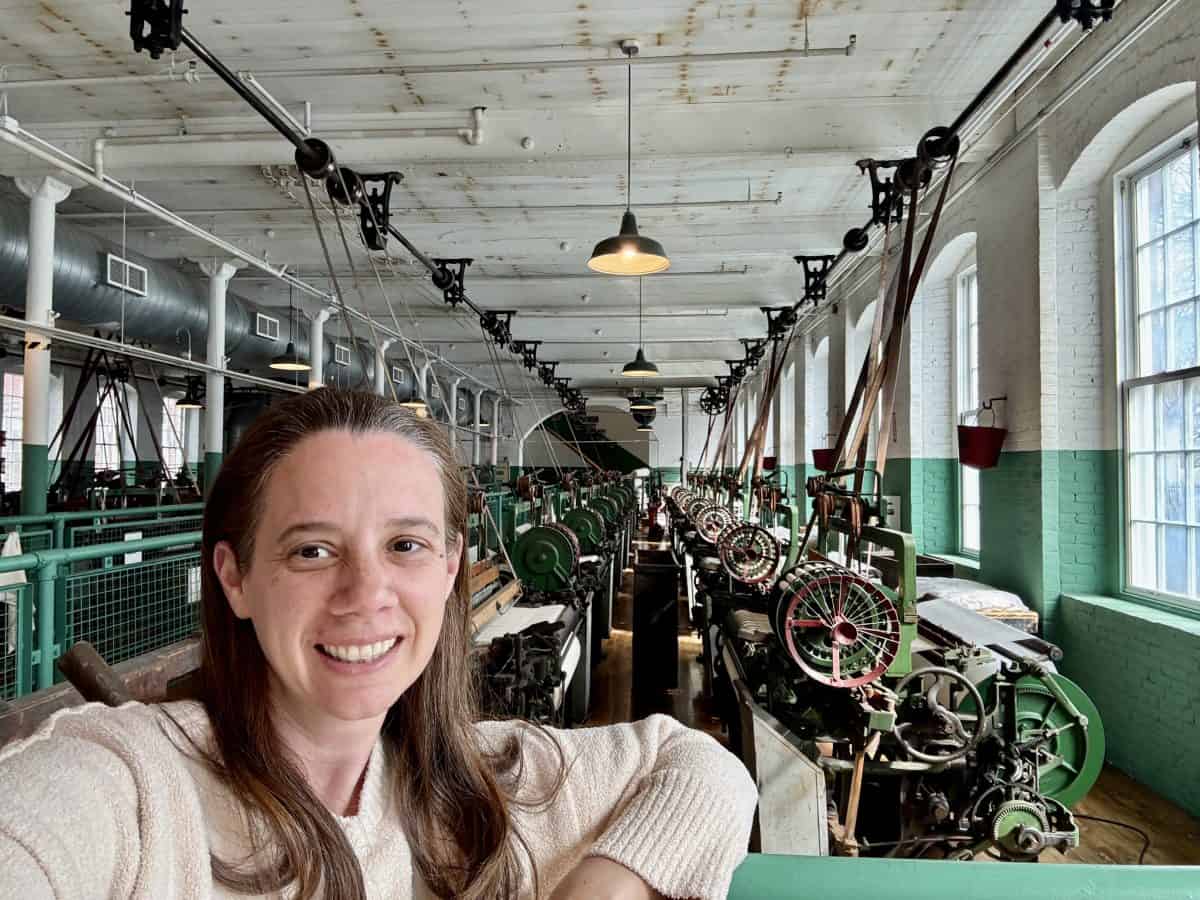
Today, the complex where many of the mills were first built has been restored to include four buildings of apartments, mixed office space, and many parts of the National Historical Park, overseen by the National Park Service. Lowell is a unique Historical Park, as it is spread out throughout the city of Lowell. In addition to many seasonal special events and programs, the Park includes:
- the Visitor Center (set to reopen after renovations in June 2025) with museum exhibits; Park Rangers to assist with tour tickets, maps, and information; and a Museum Shop and facilities
- the Boott Cotton Mills Museum, housed in a restored 1836 mill
- the Mogan Cultural Center, housed in a restored mill boarding house
- Boarding House Park, an outdoor green space between Boott Cotton and Mogan that hosts many seasonal concerts and festivals
- The Northern Canal Walkway, which runs along the Merrimack River separated by a 36 foot high granite wall. Note: the walkway is open from mid May through mid October only when the waterflow is at appropriate levels (check here or call the Park to verify)
- Canal Tours, including the chance to see the Francis Gate/ Guard Locks, Lower and Swamp Locks, and Pawtucket Gatehouse up close- check here for more info. Riverboat tours are also offered on weekend summer months in the afternoon.
- Trolley Tours, which include stops at the Suffolk Mill. Expect to walk at least one mile while on the tour. Tours are offered late April through November at 2pm.
Note: When I visited in mid April 2025, not all parts of the Historical Park were open- the seasonal trolley and canal tours start at the end of April and renovations to the Visitor Center are set to be completed by June 2025. Check here for the most up to date information.
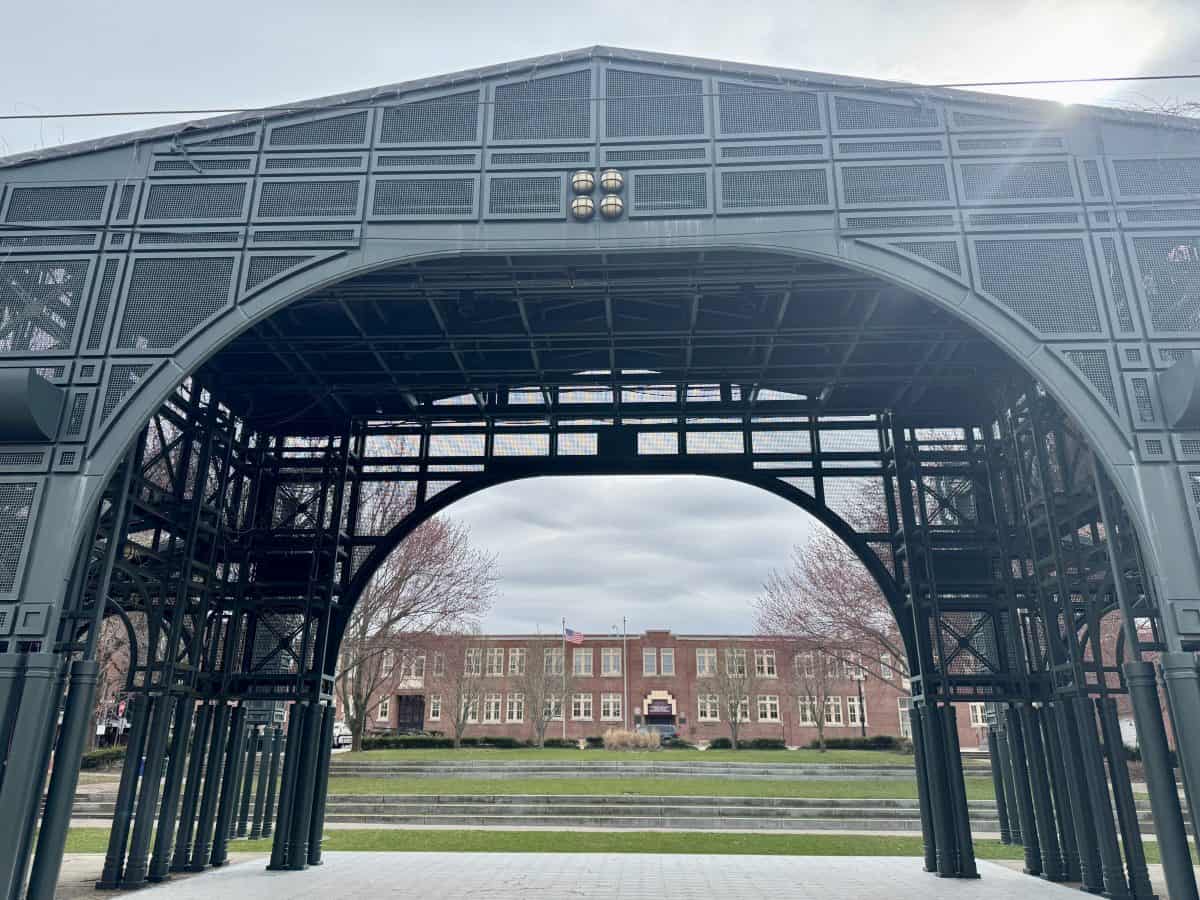
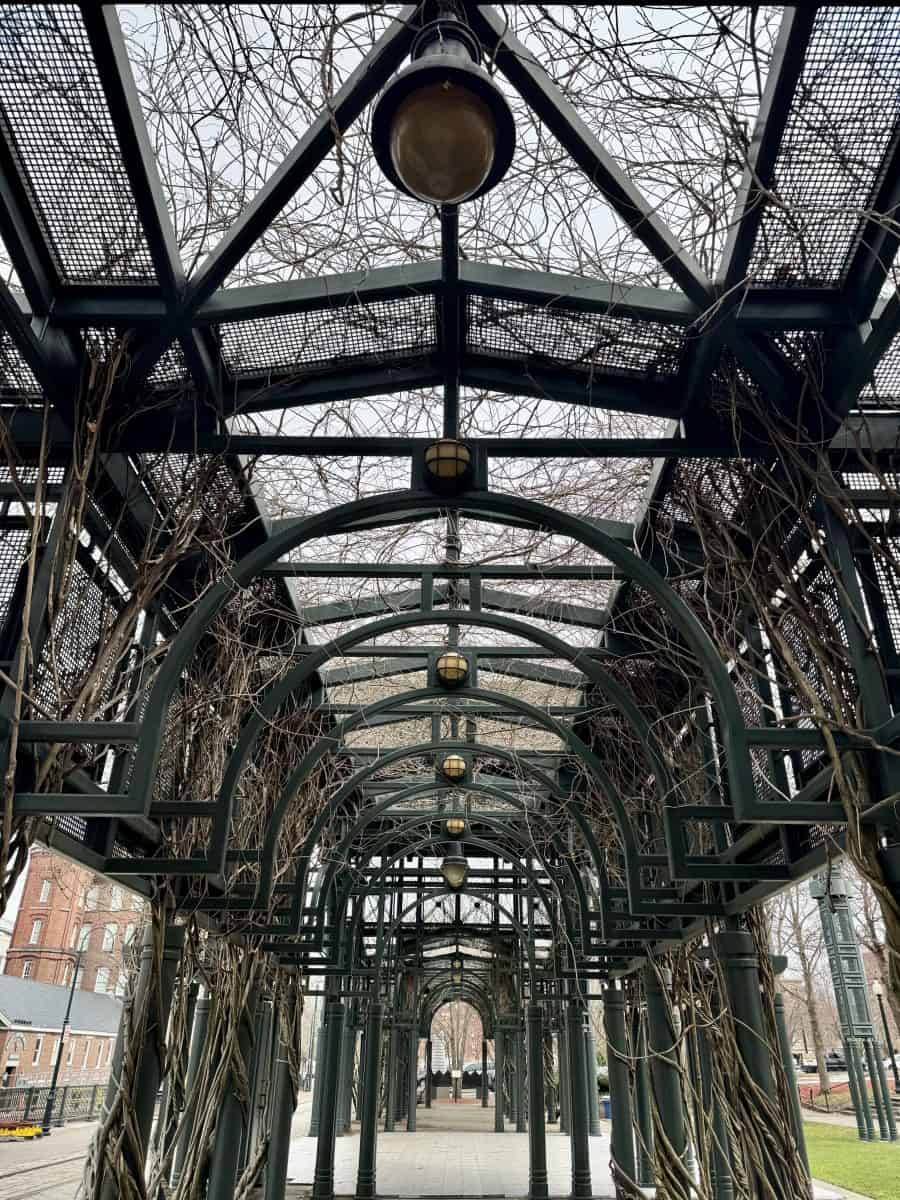
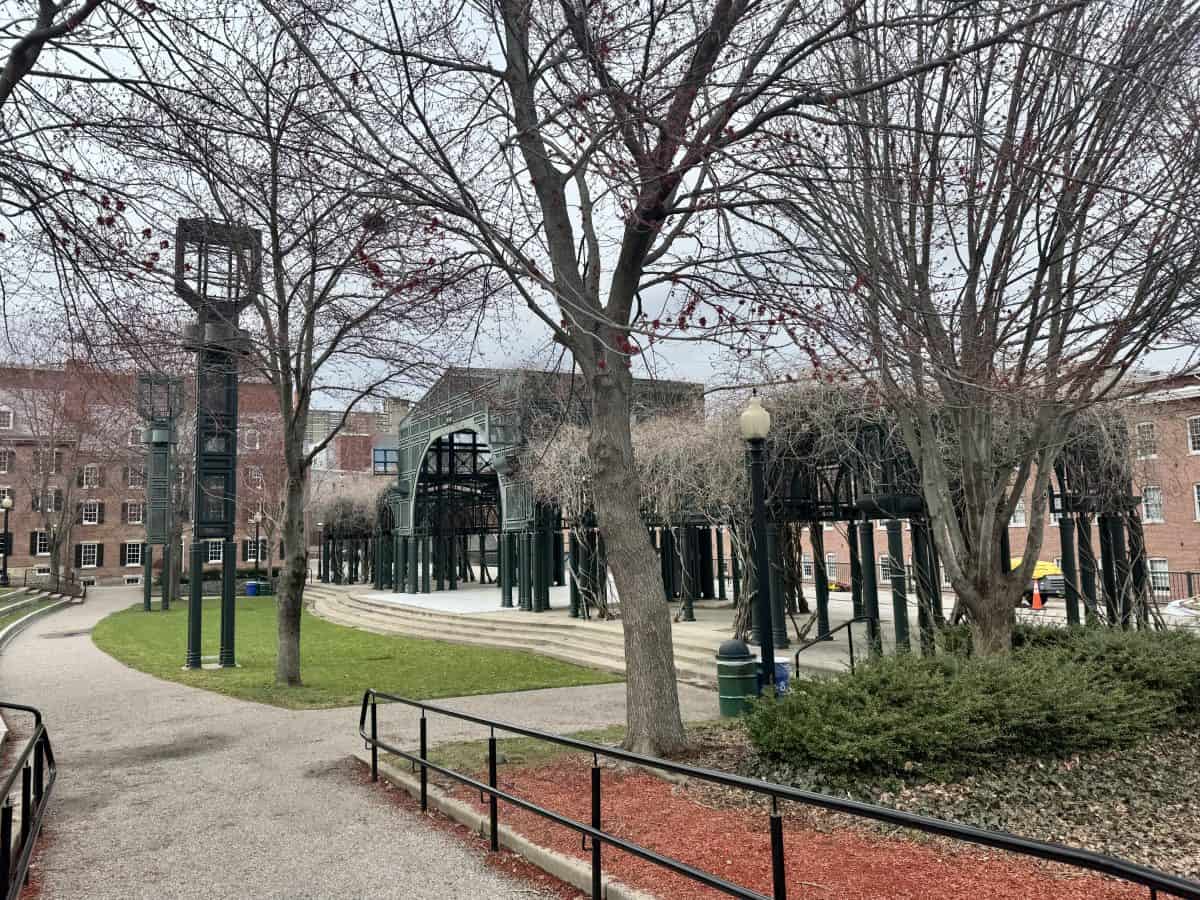
Travel Tips:
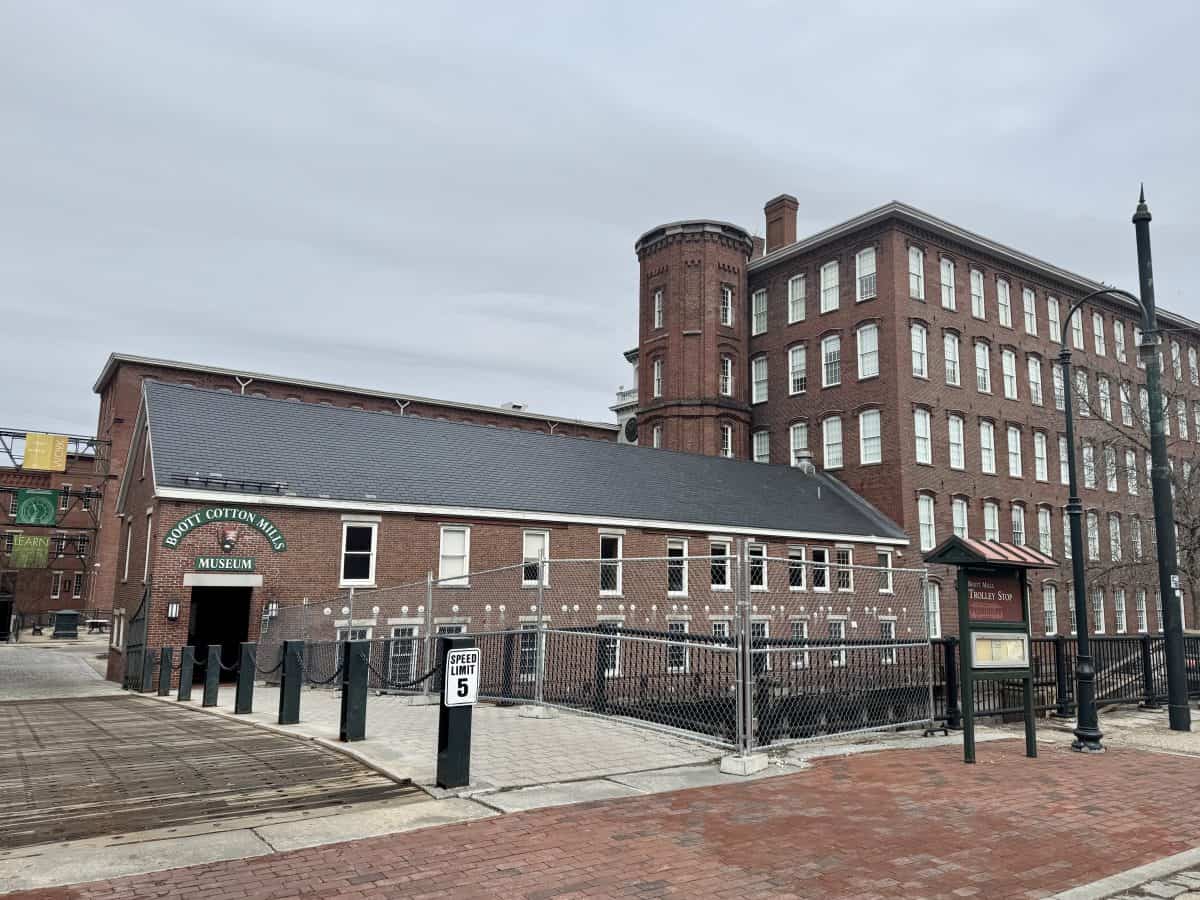
Would you like to save this?
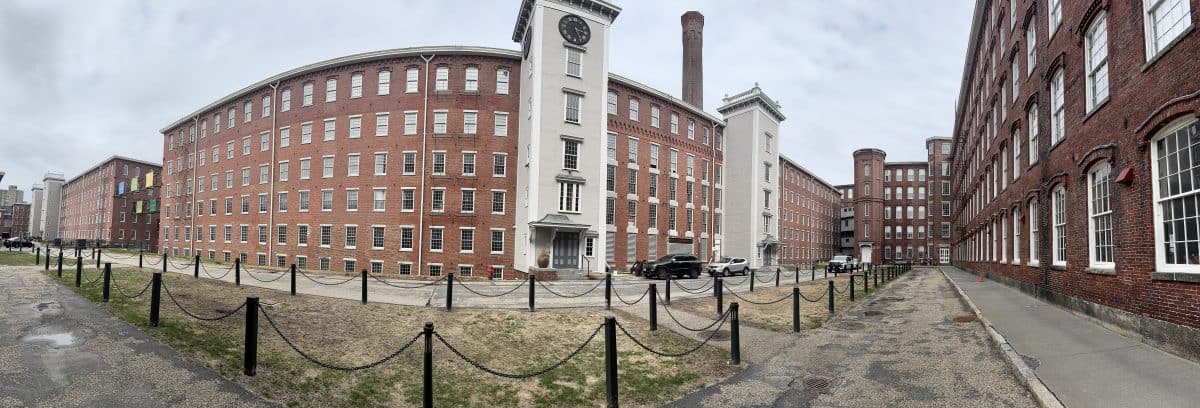
11 Things to Do While Touring the Boott Cotton Mill Museum:
- Pretend to punch in for work with a timecard in the Weave Room.
- Light up various mills and companies on the miniature diagram of Lowell city limits.
- Count the number of power looms on display in the first floor Weave Room (hint: there are over 80!)
- Watch a demonstration in the Weave Room, offered four times a day (don’t forget to grab a pair of ear plugs!)
- Touch the handprints to hear the stories of enslaved African American cotton workers in the 2nd floor Industrial Age museum exhibit.
- Watch the Lowell: The Continuing Revolution film in the 2nd floor Theater and learn about the history of the mills and the restoration process.
- Try to replace the bobbins on the frame and beat the clock.
- Use the gears to create a machine that spins the bobbins.
- Learn how to thread a shuttle, used to store the holder that carries the thread of yarn for weaving.
- Find all four machines (carding machines, spinning machines, drawing-in frames, and looms) in the miniature replica of the Boott Cotton Mill.
- Choose a favorite fabric and pattern made in a Lowell factory.
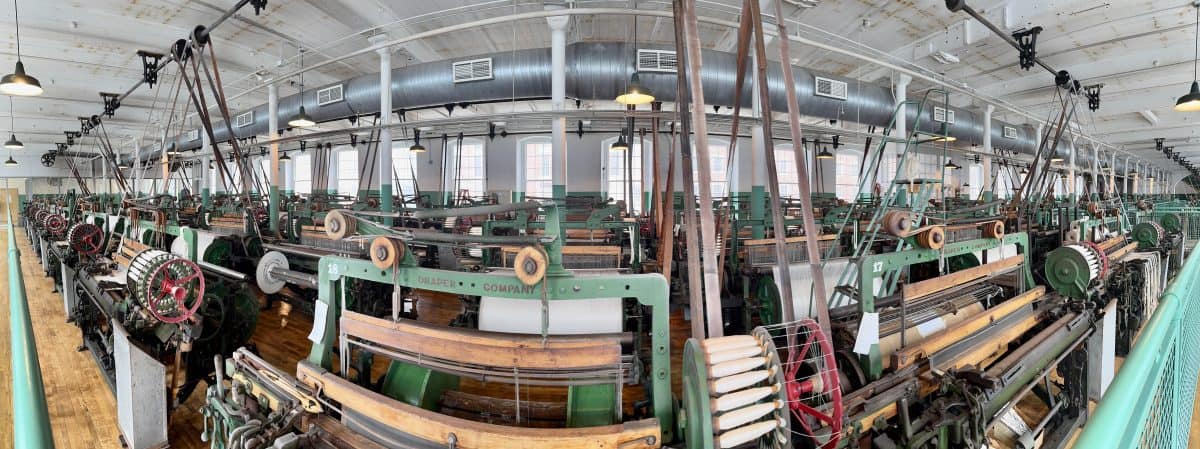
Bonus: Walk (practically) next door to the Mogan Cultural Center, which is free to visit, housed in one of the historic boarding houses (it also shares space with UMass Lowell and UMass Center for Lowell History). There are two great exhibits inside the space:
- One City, Many Cultures: A “love letter to Lowell”, the new-in-2023 exhibit features a timeline dating back to the original indigenous tribes who owned and lived on the land. There are tons of artifacts, musical instruments, clothing, maps, and the opportunity to share personal stories and connections to Lowell through erasable tablets and inside a recording studio.
- Into an 1840s Boarding House recreated life for the hundreds of “Mill Girls” who lived on the restored property. The first floor includes a kitchen (check out what was served on a typical day), a dining room (set for a meal), and the keeper’s tiny bedroom. Upstairs is a bedroom for two “Mill Girls”, a display featuring the biographies of four “Mill Girls”, and a replica petition to the Massachusetts Legislature from John Quincy Adams Thayer with the signatures of hundreds of women.
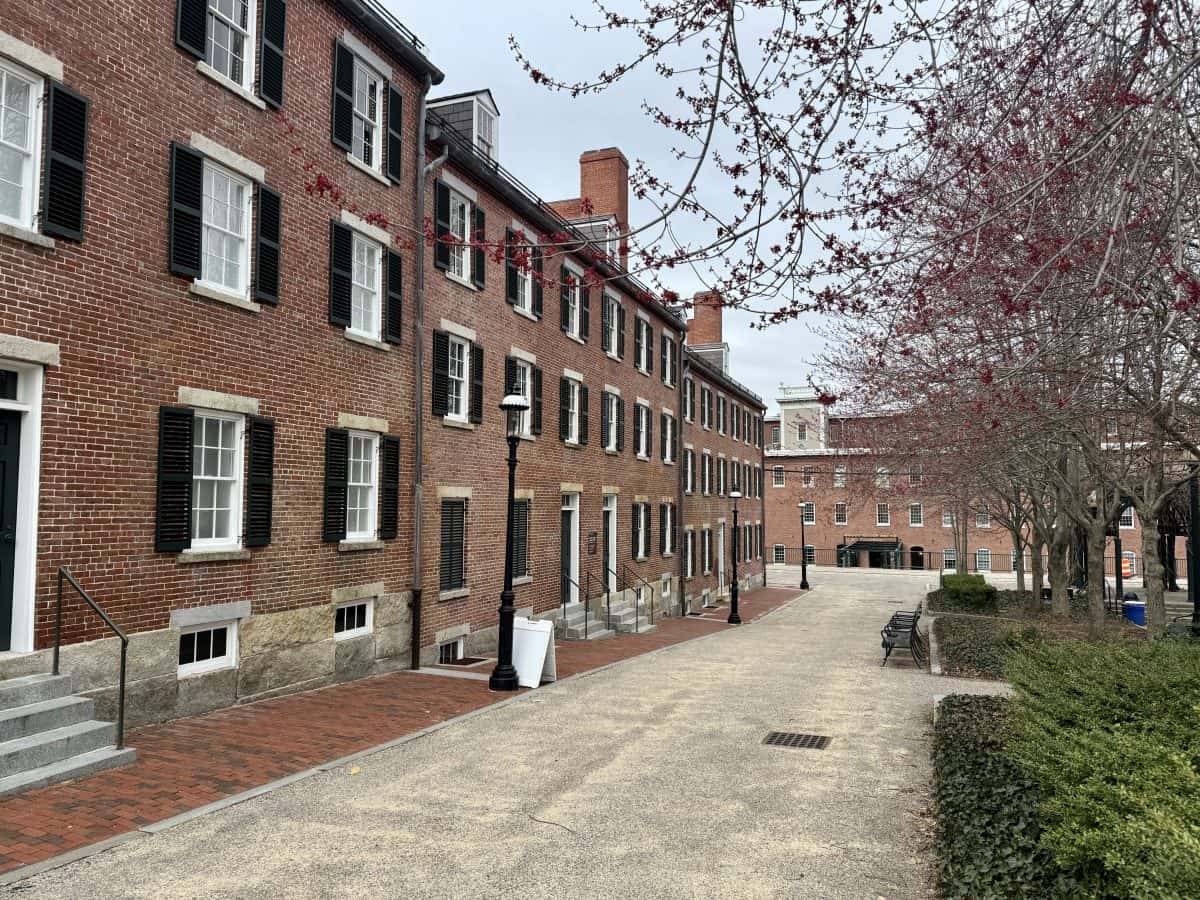

Looking for more of our adventures at National Park sites in Massachusetts? See our features of the JFK National Historic Site in Brookline, the Boston National Historical Park, Minute Man National Historical Park in Lexington and Concord, the New Bedford Whaling National Park in New Bedford, Springfield Armory in Springfield, and the Cape Cod National Seashore on Cape Cod. And follow along on our adventures on Instagram, Facebook, and Pinterest.

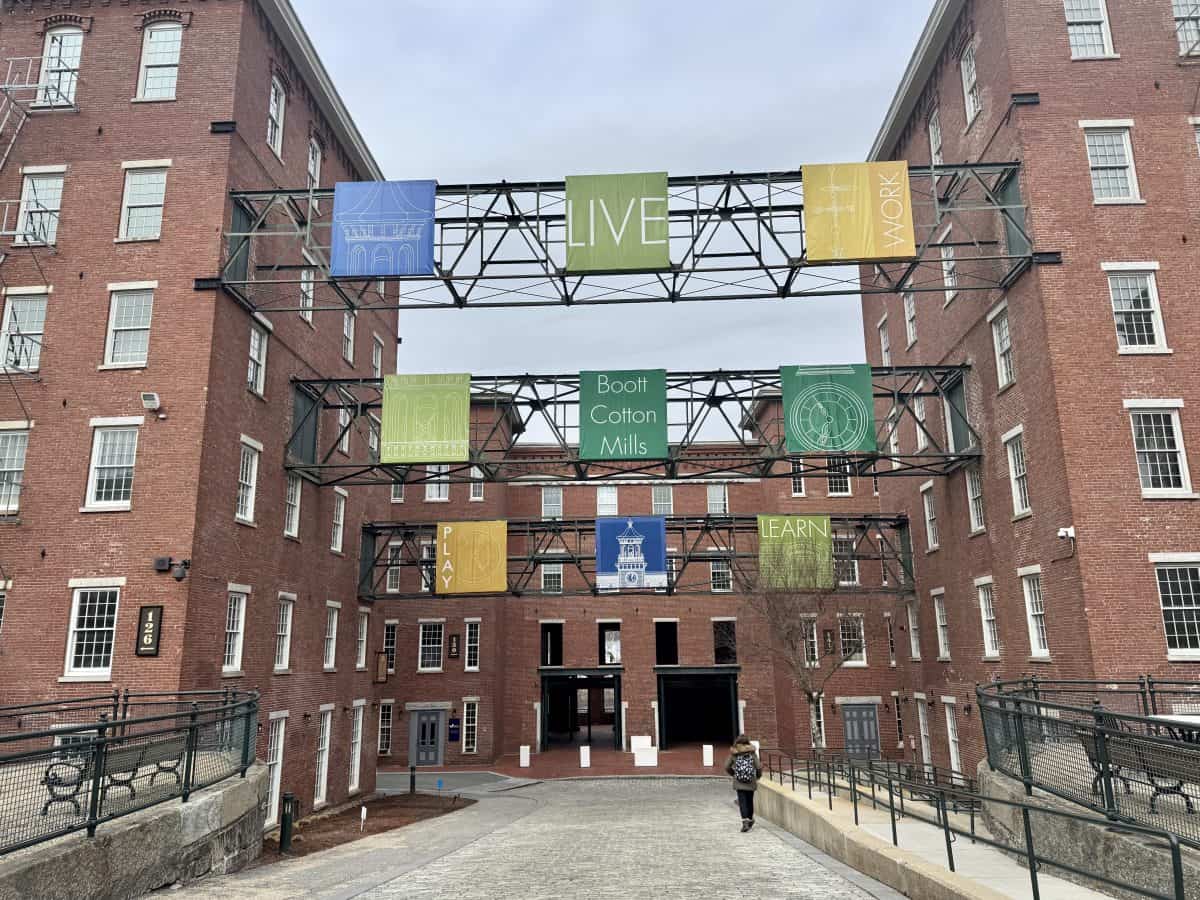
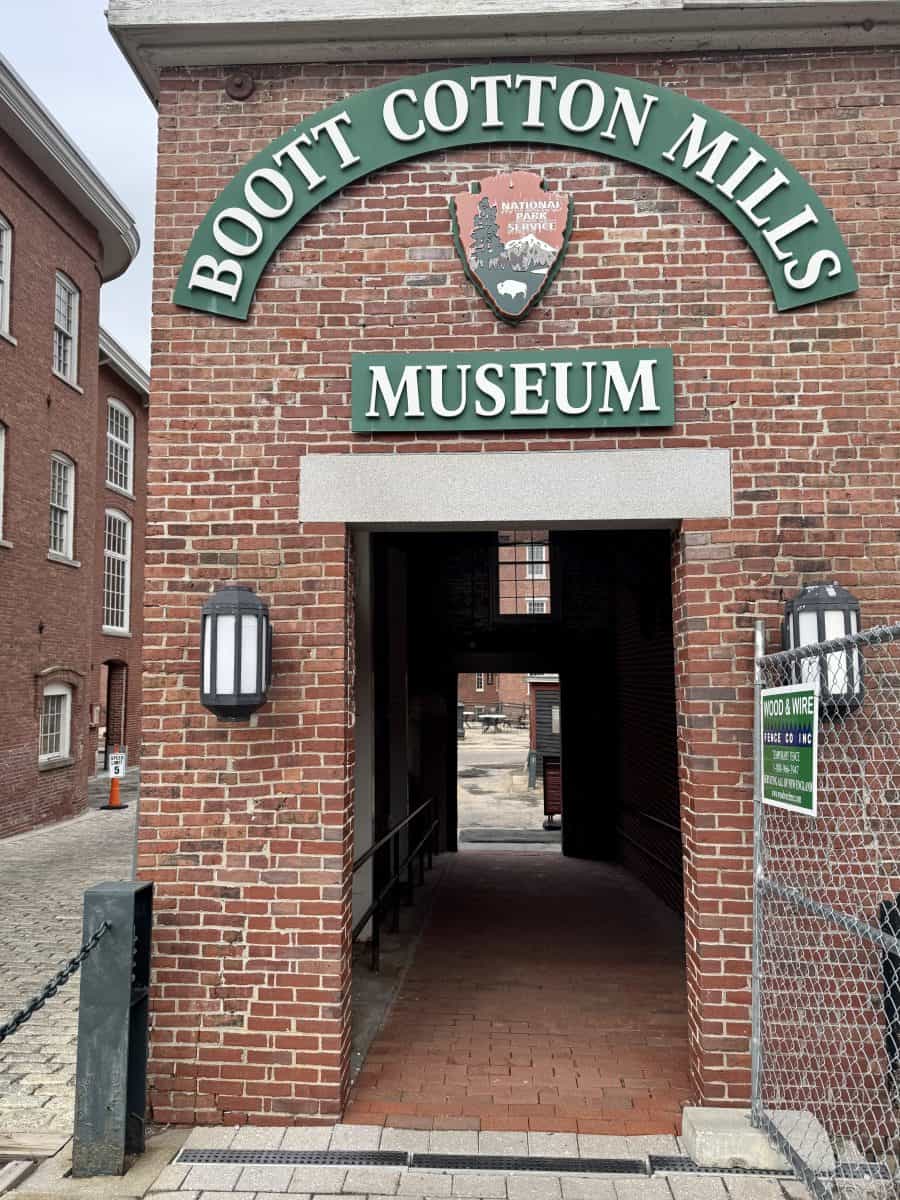

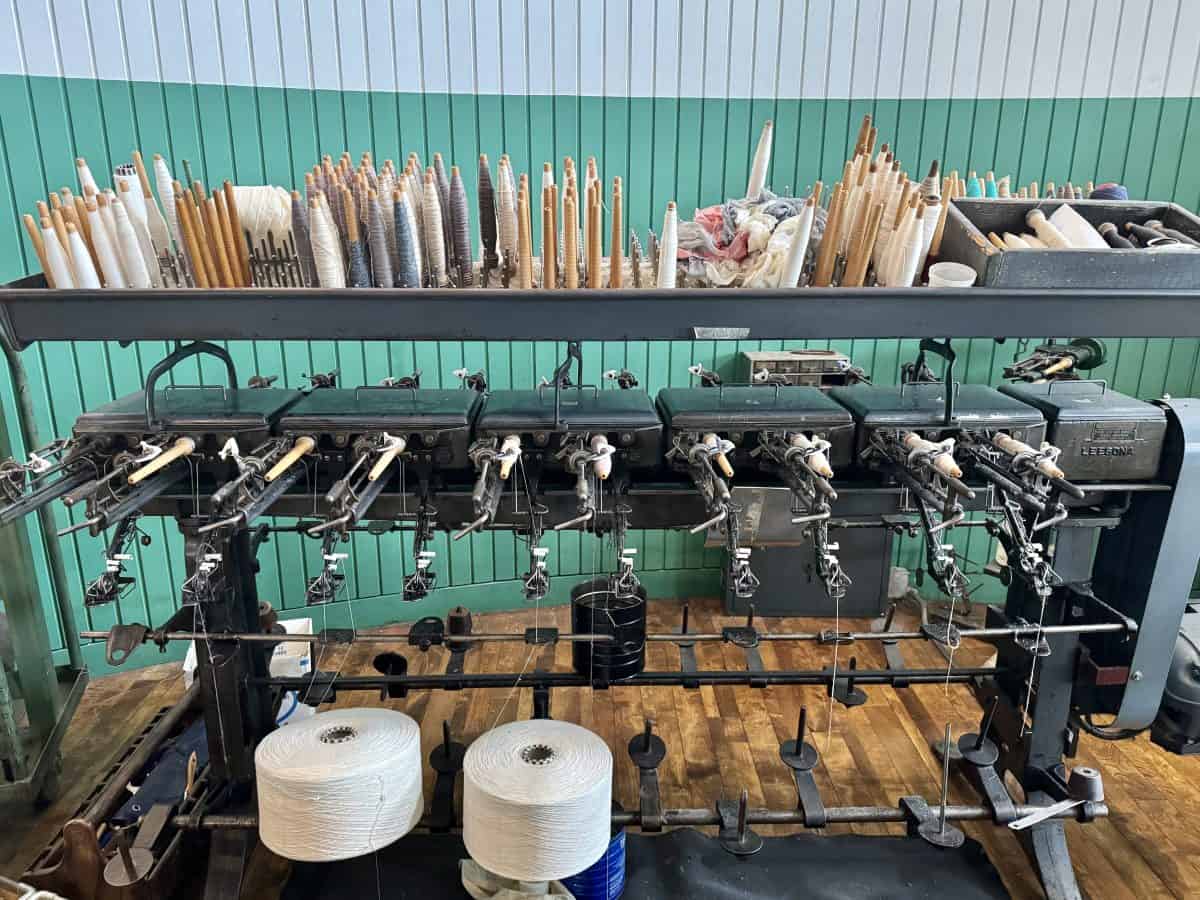
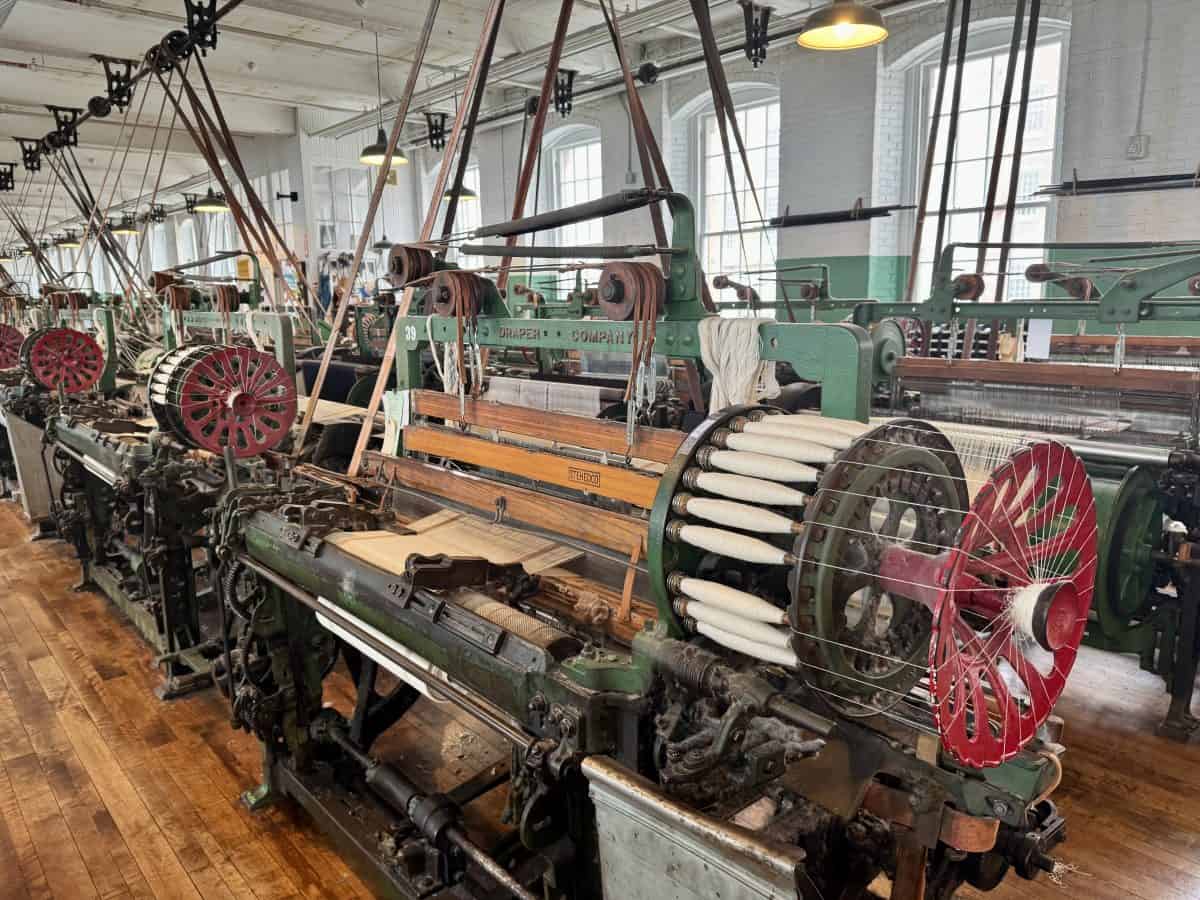
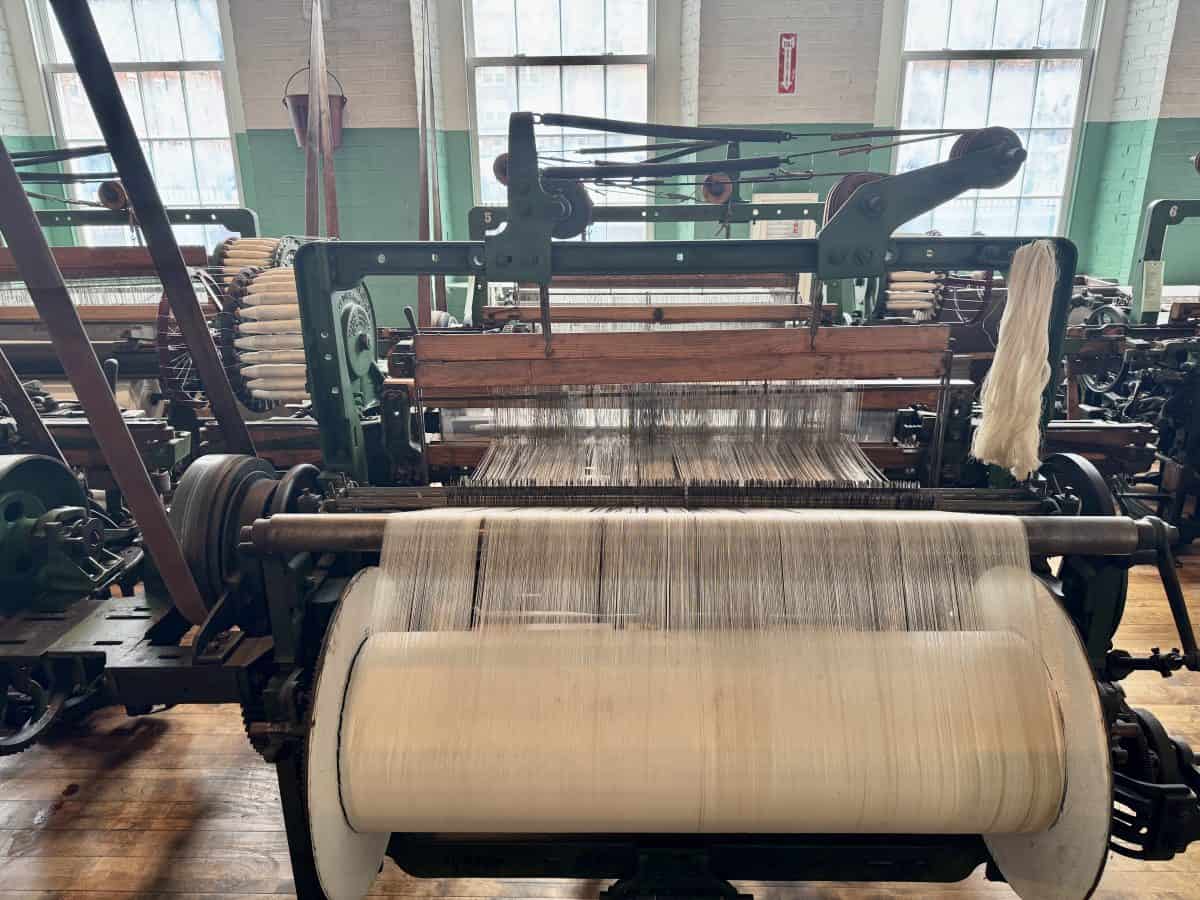
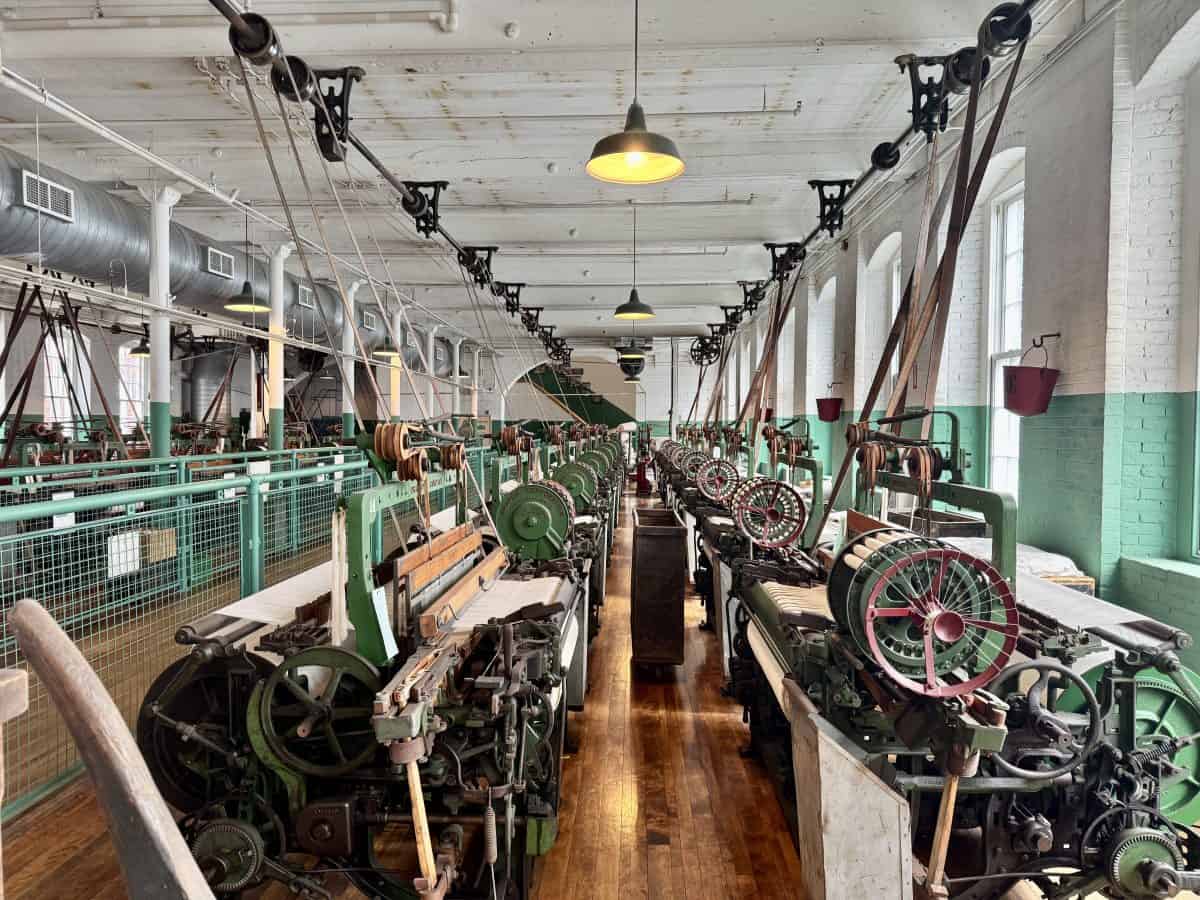
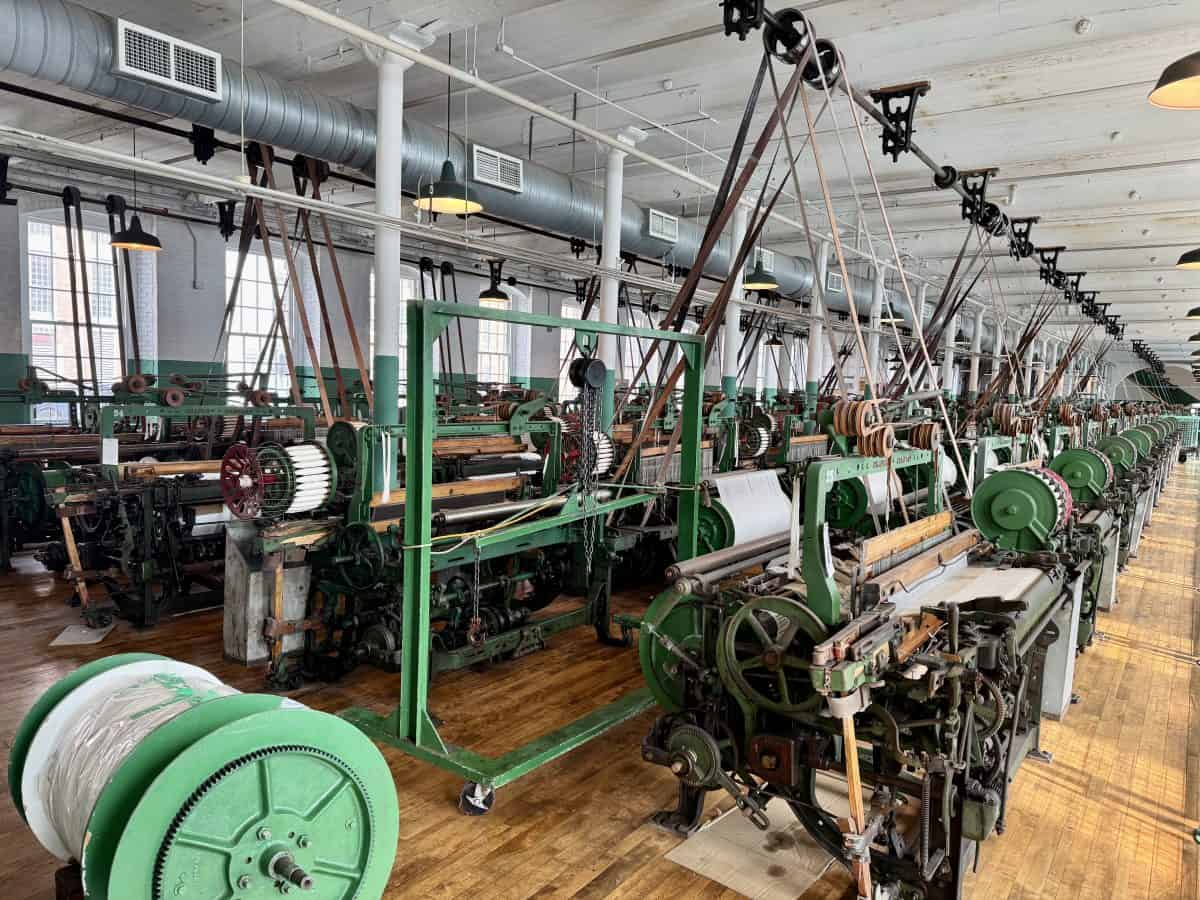
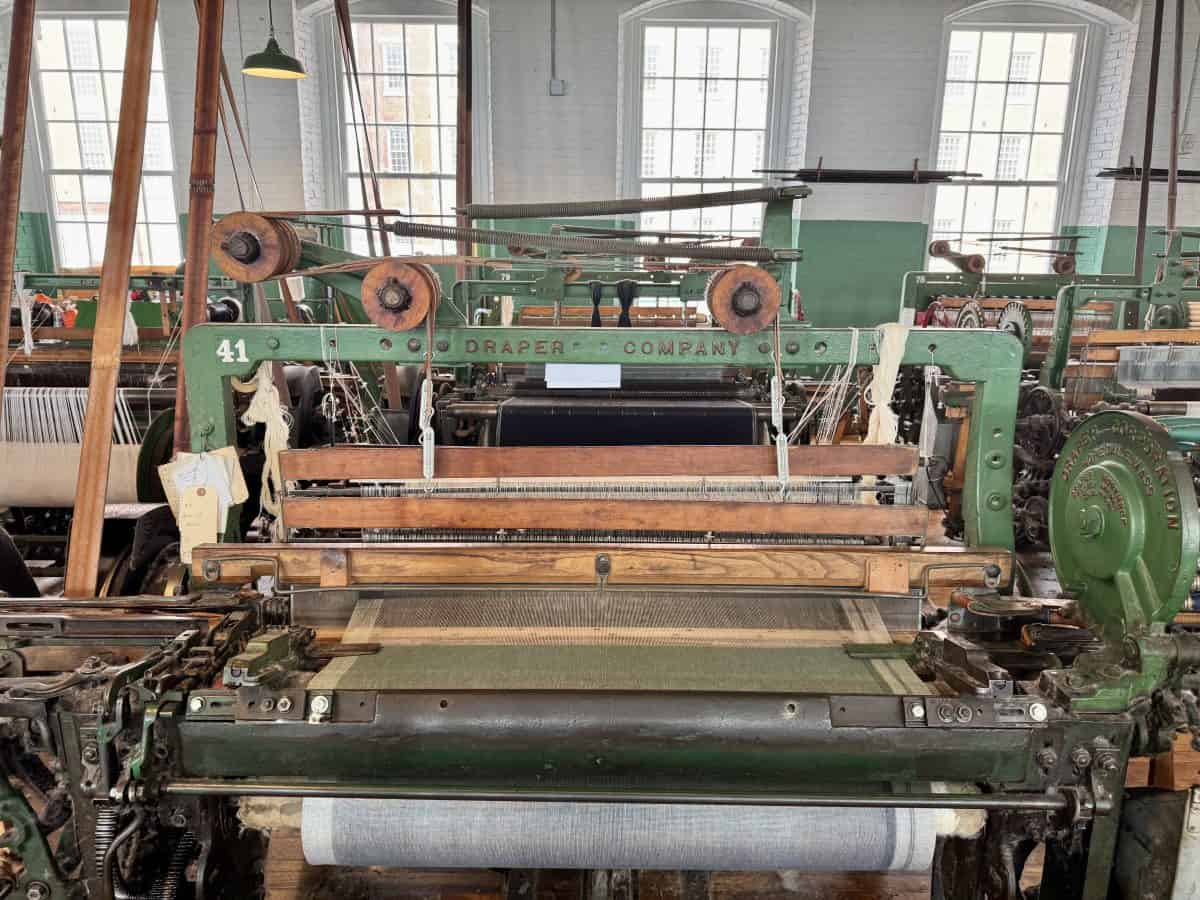
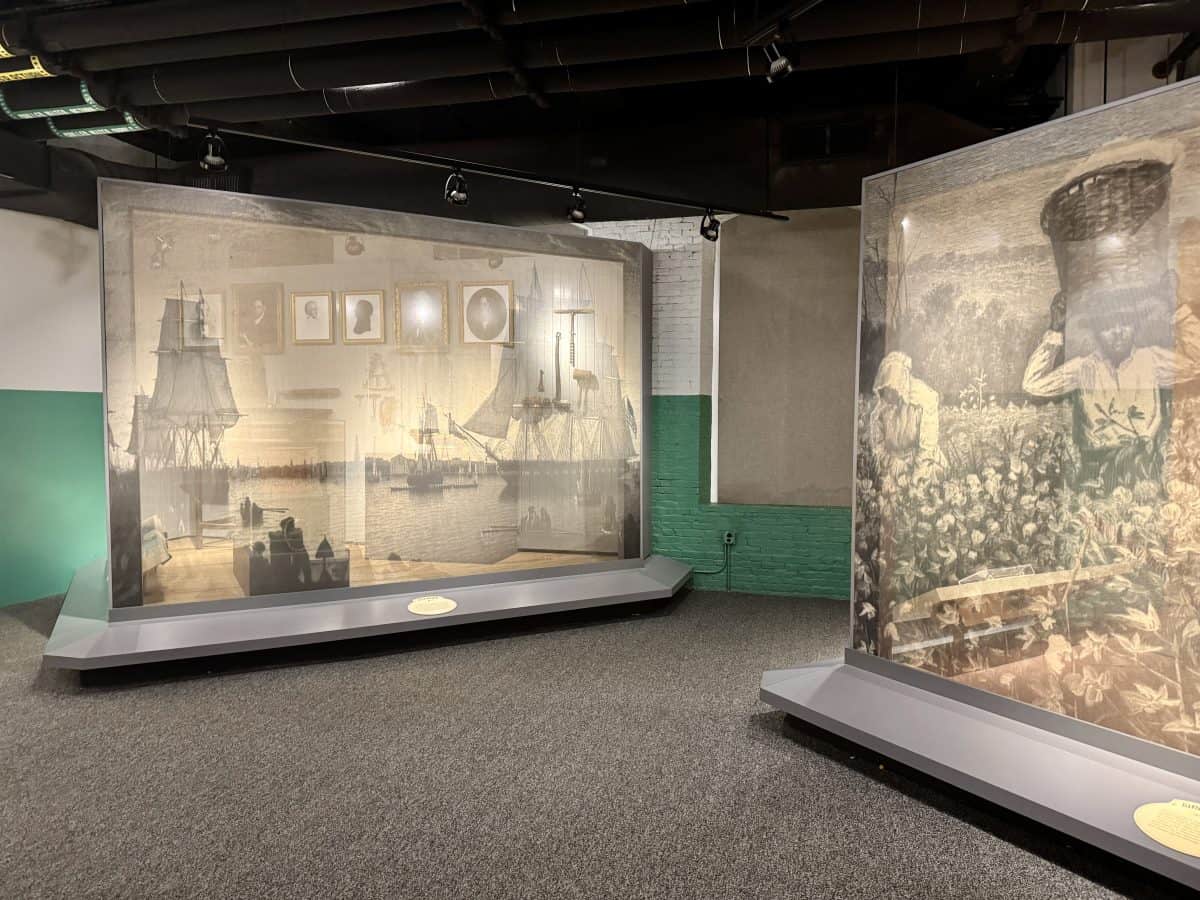
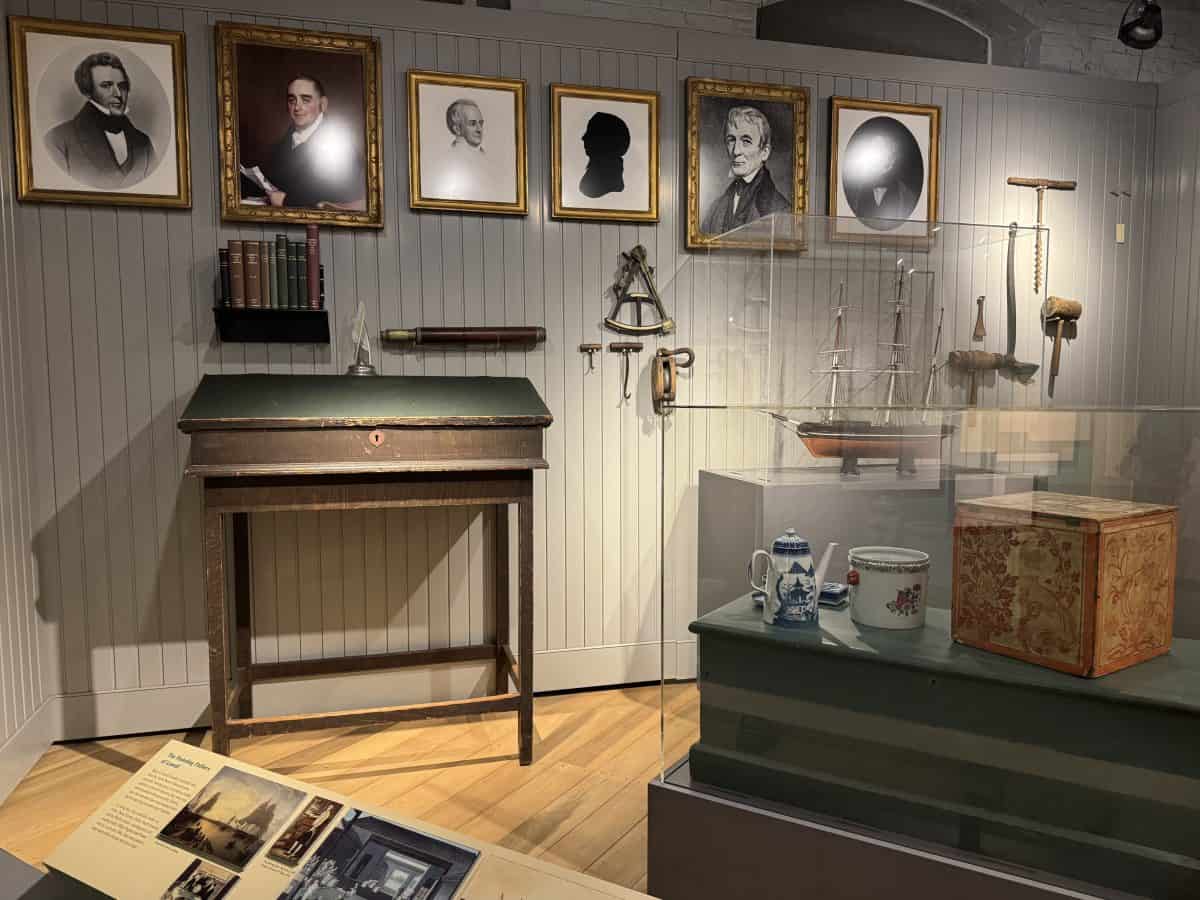
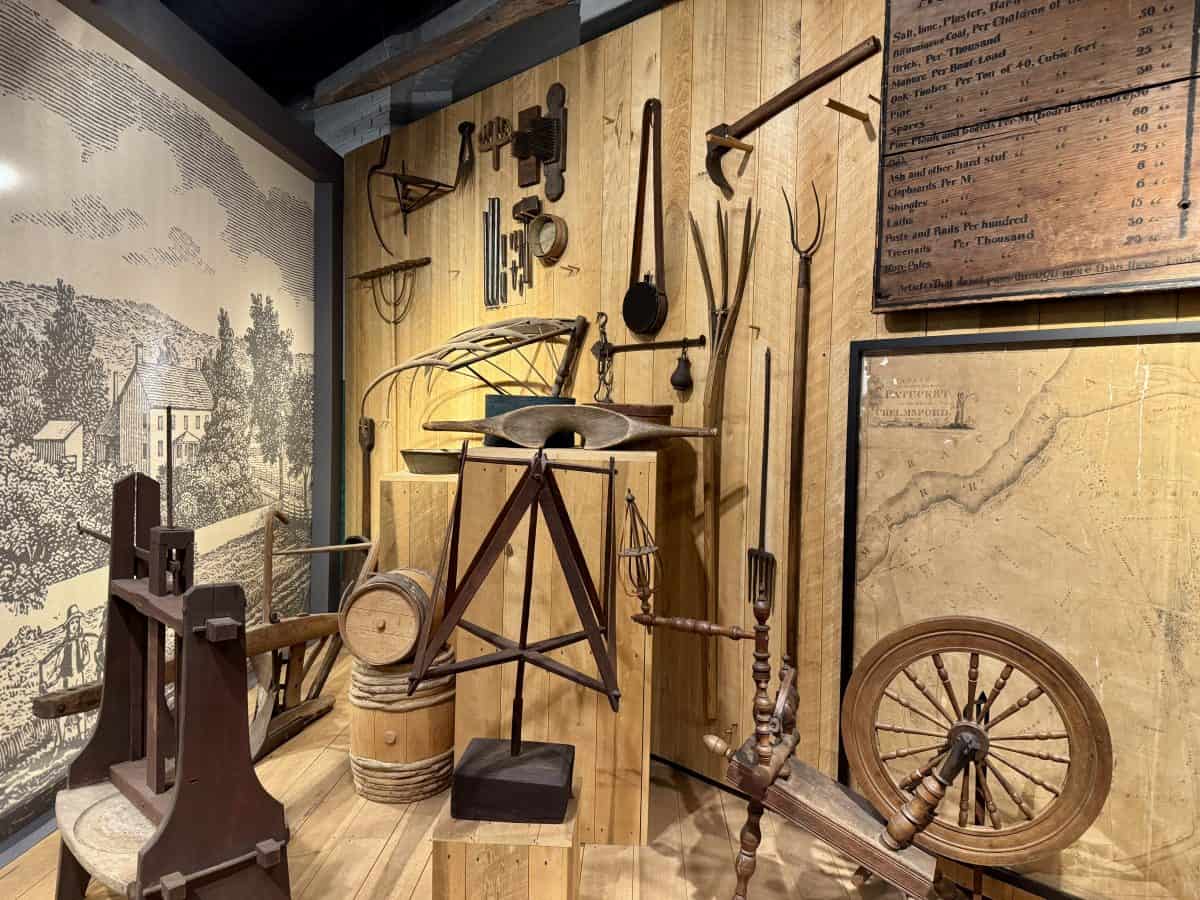
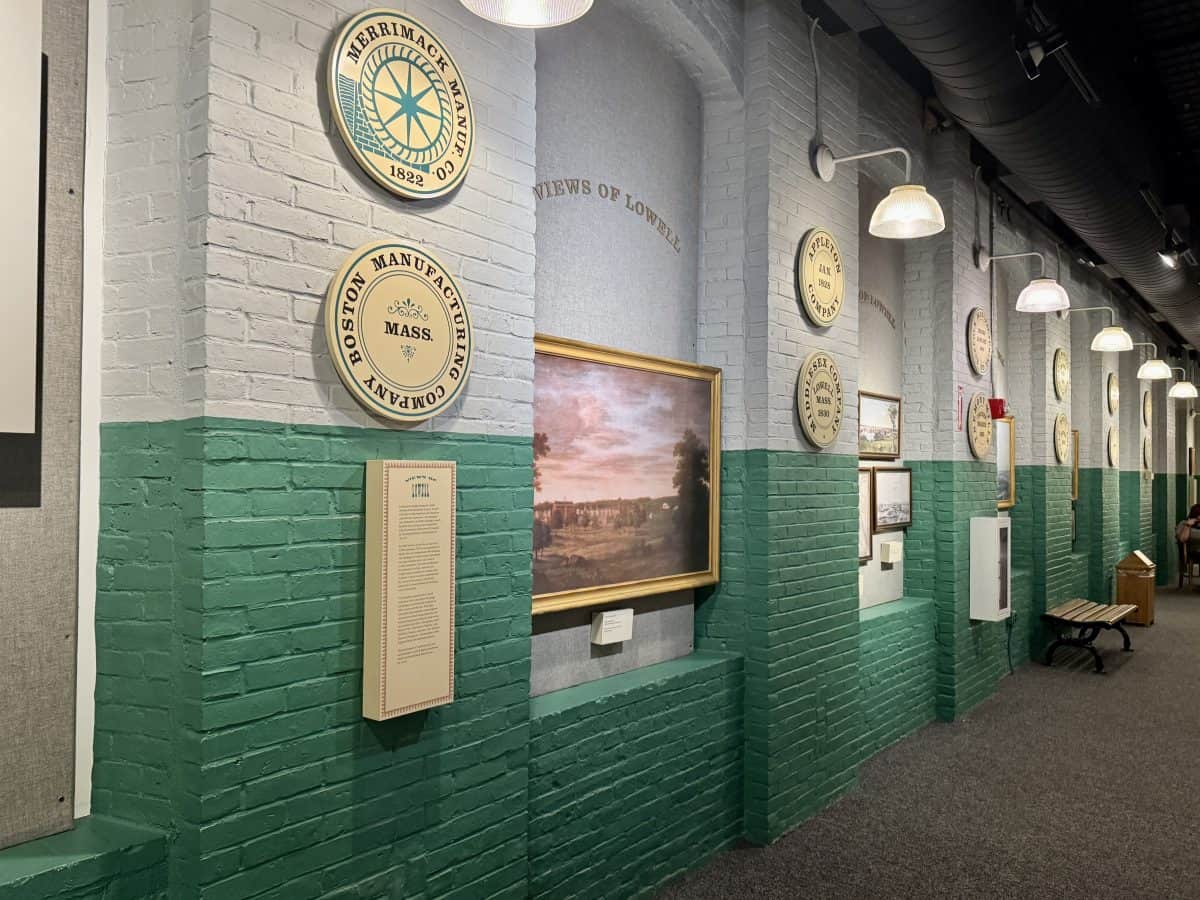
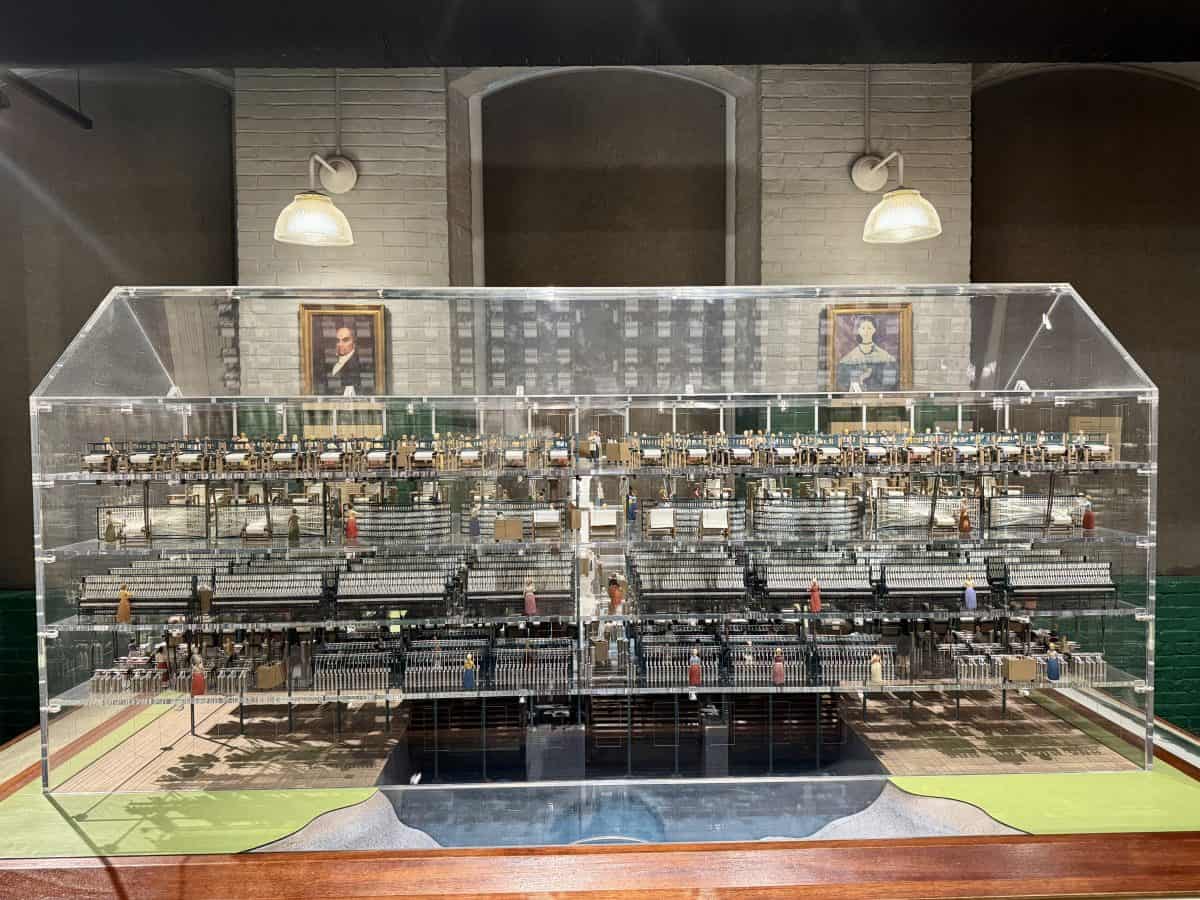
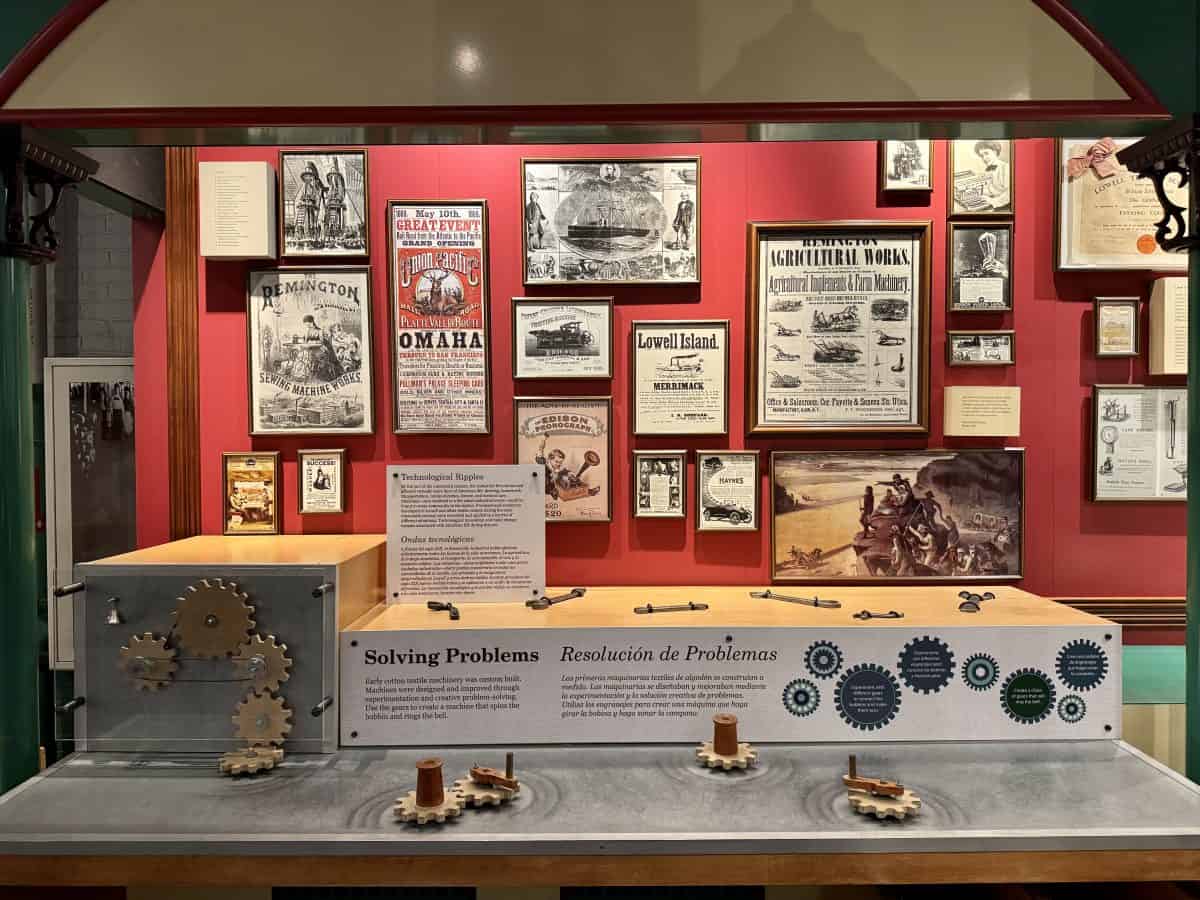
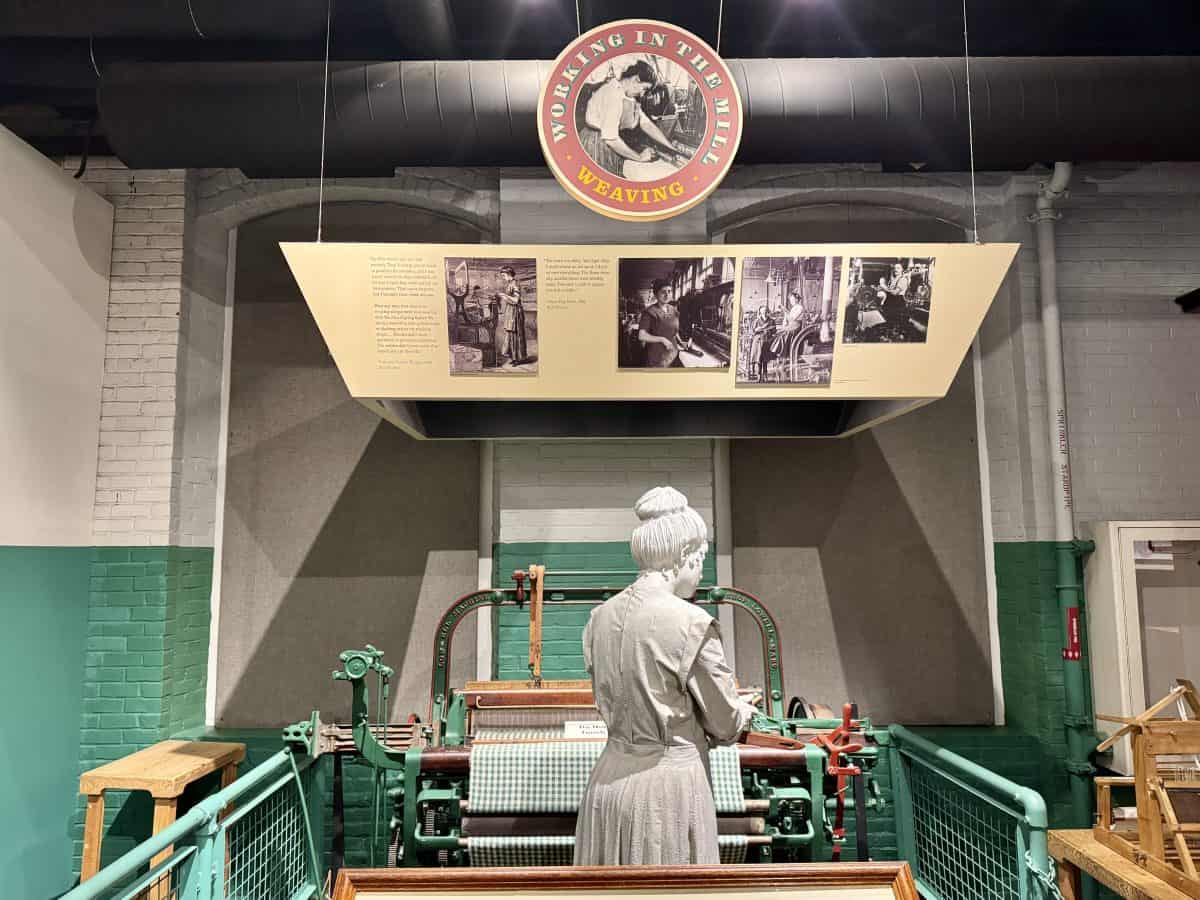
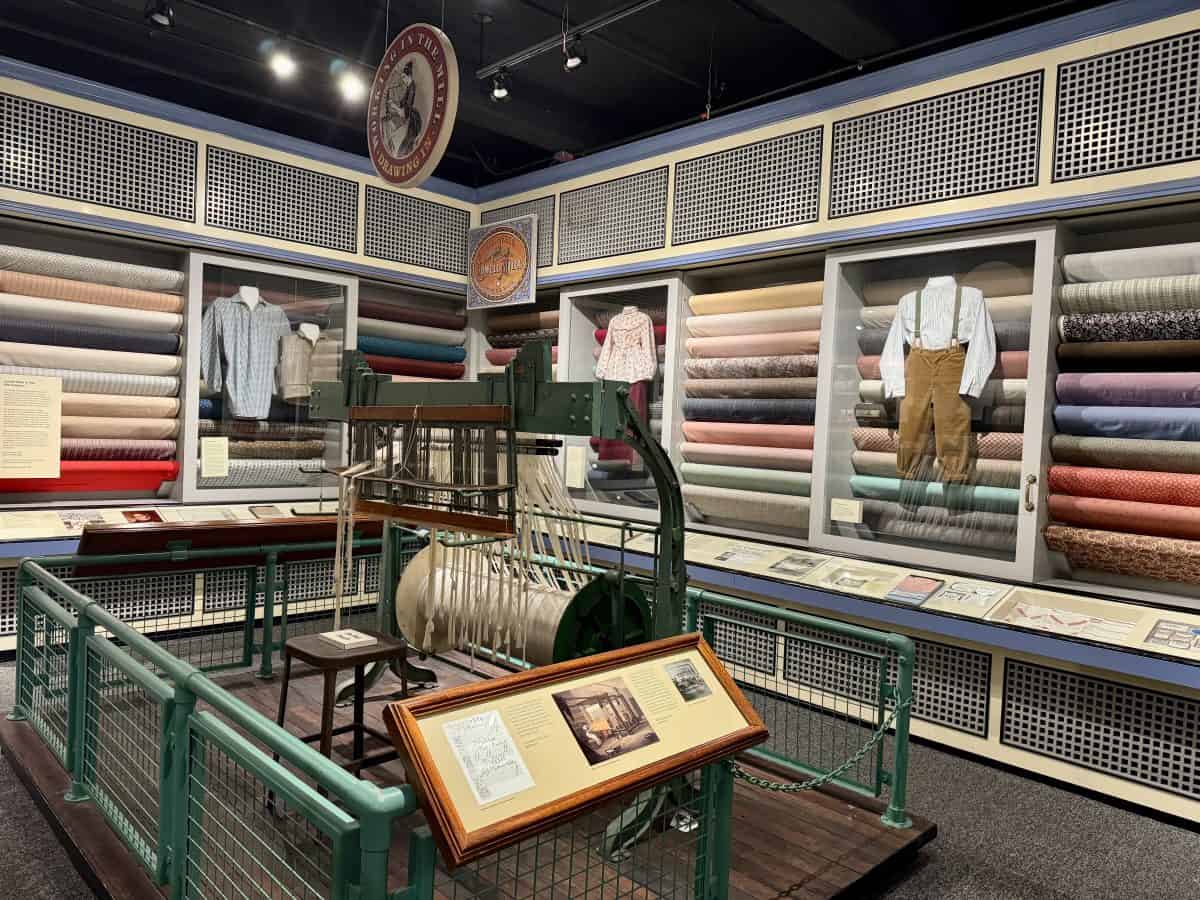

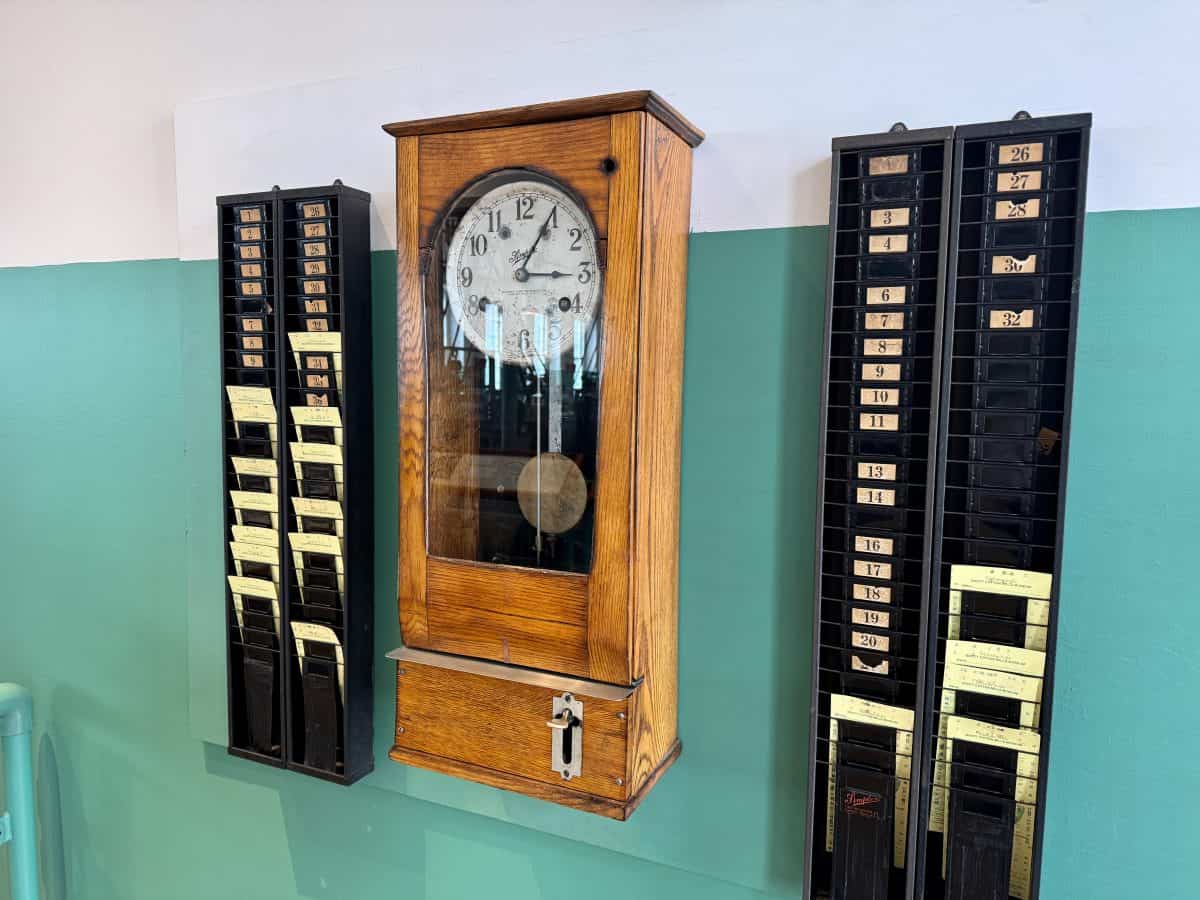
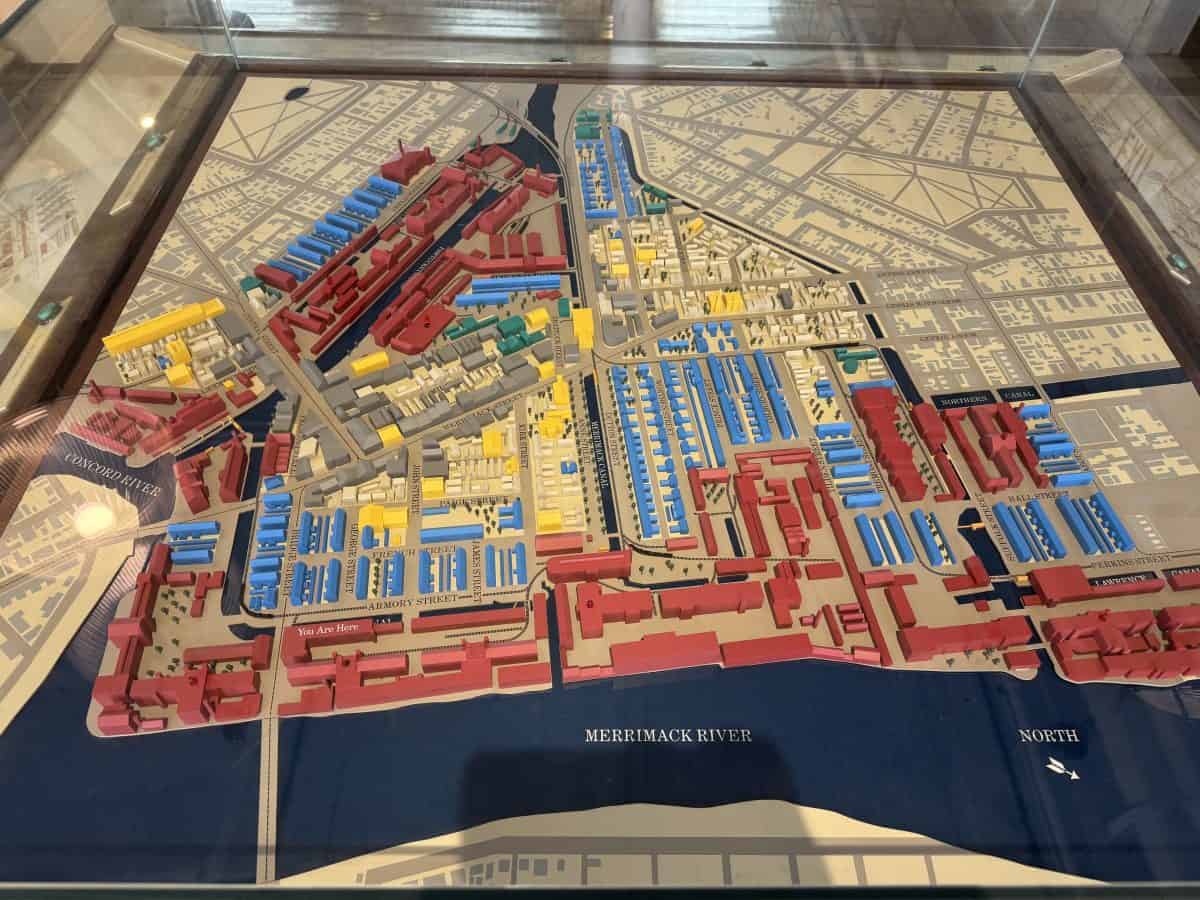

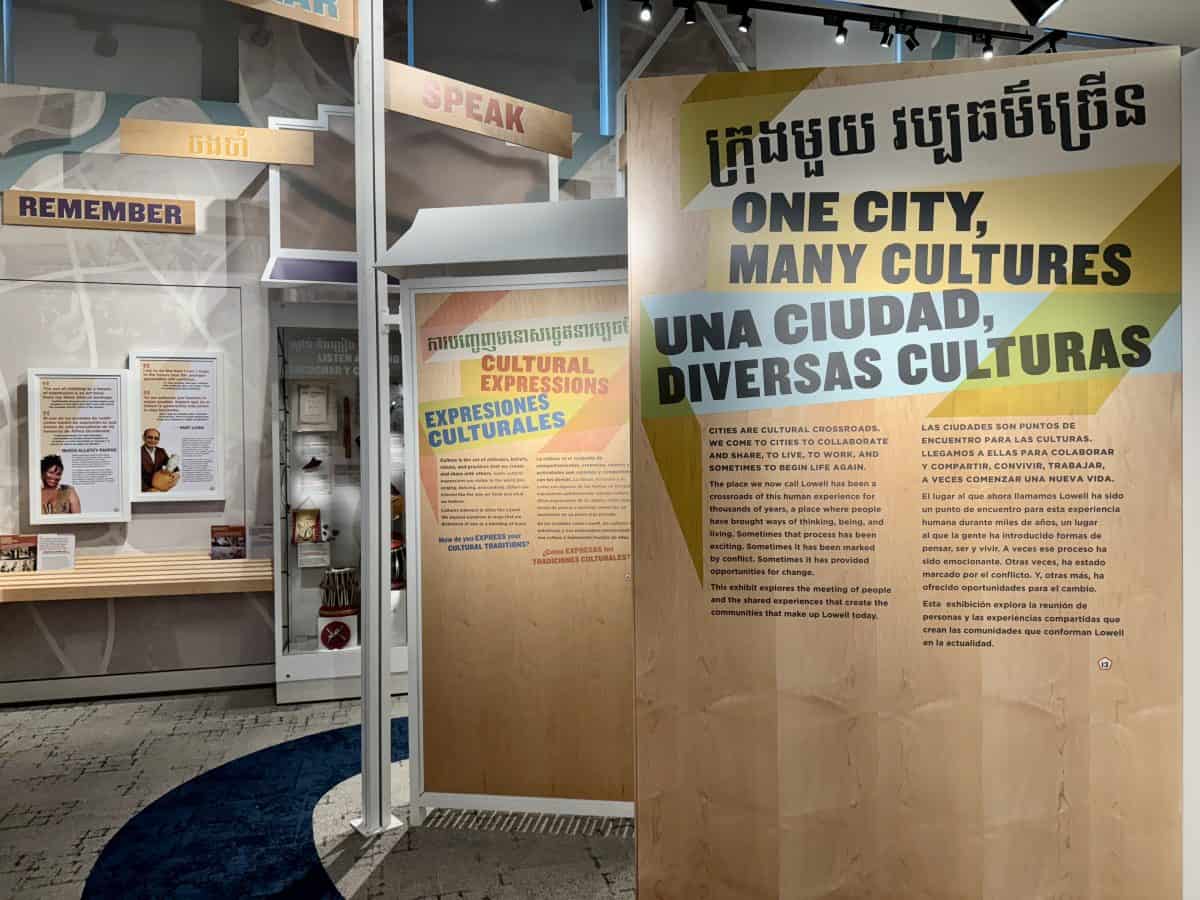

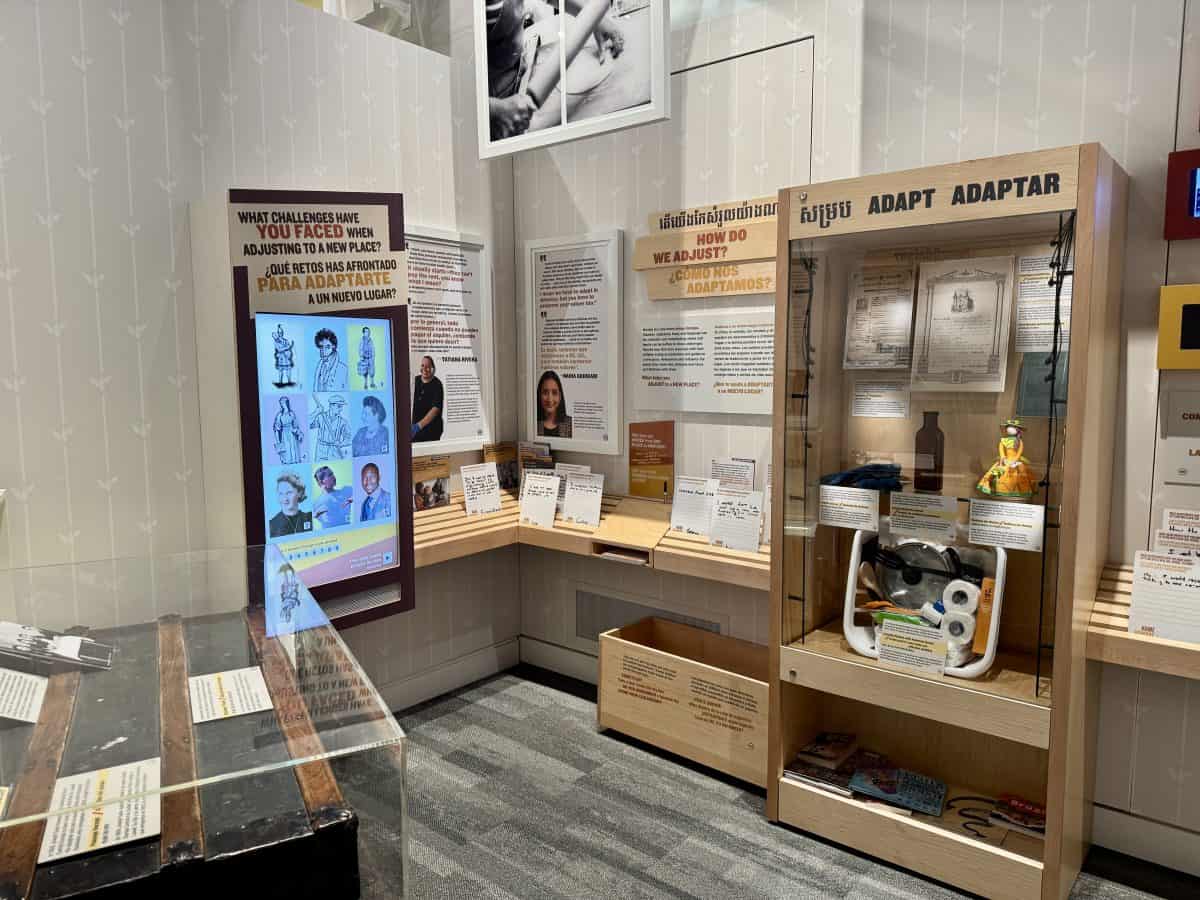
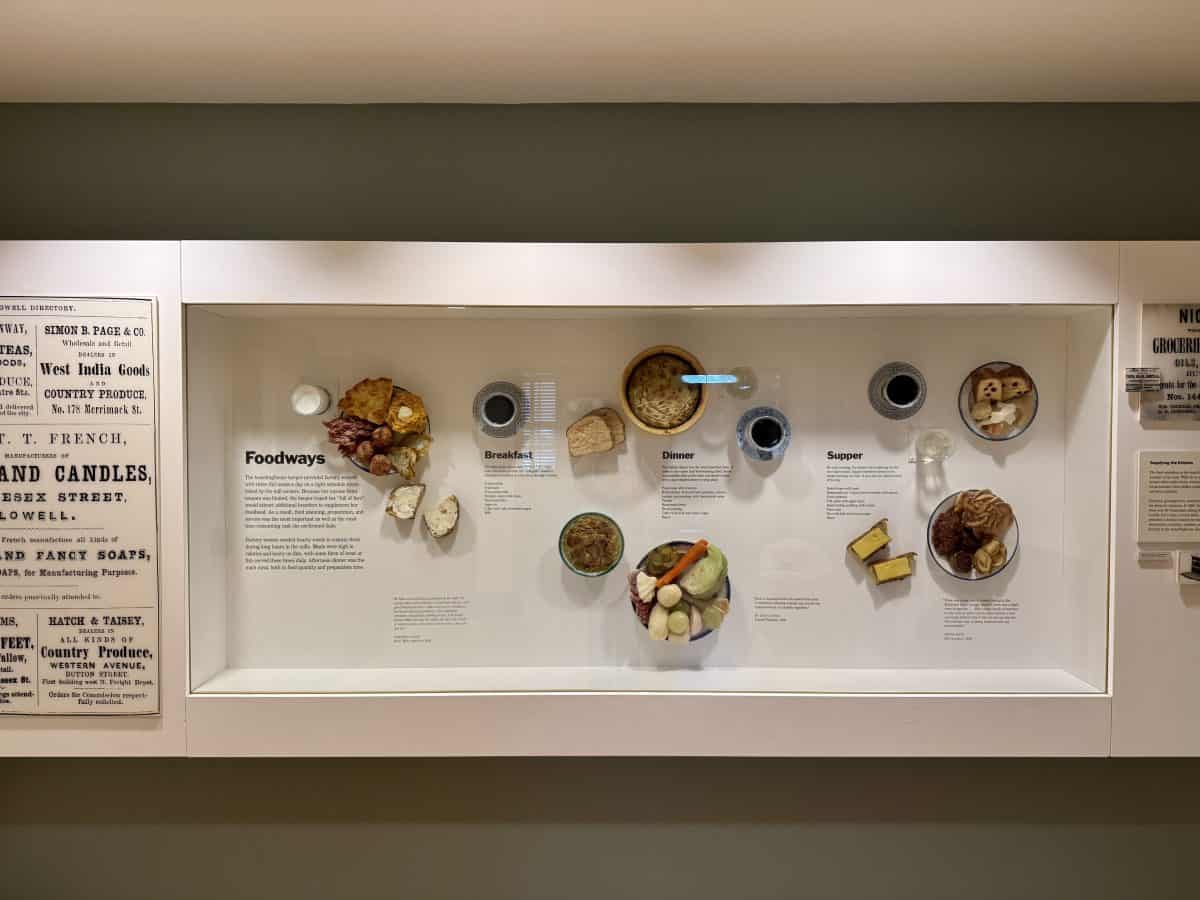
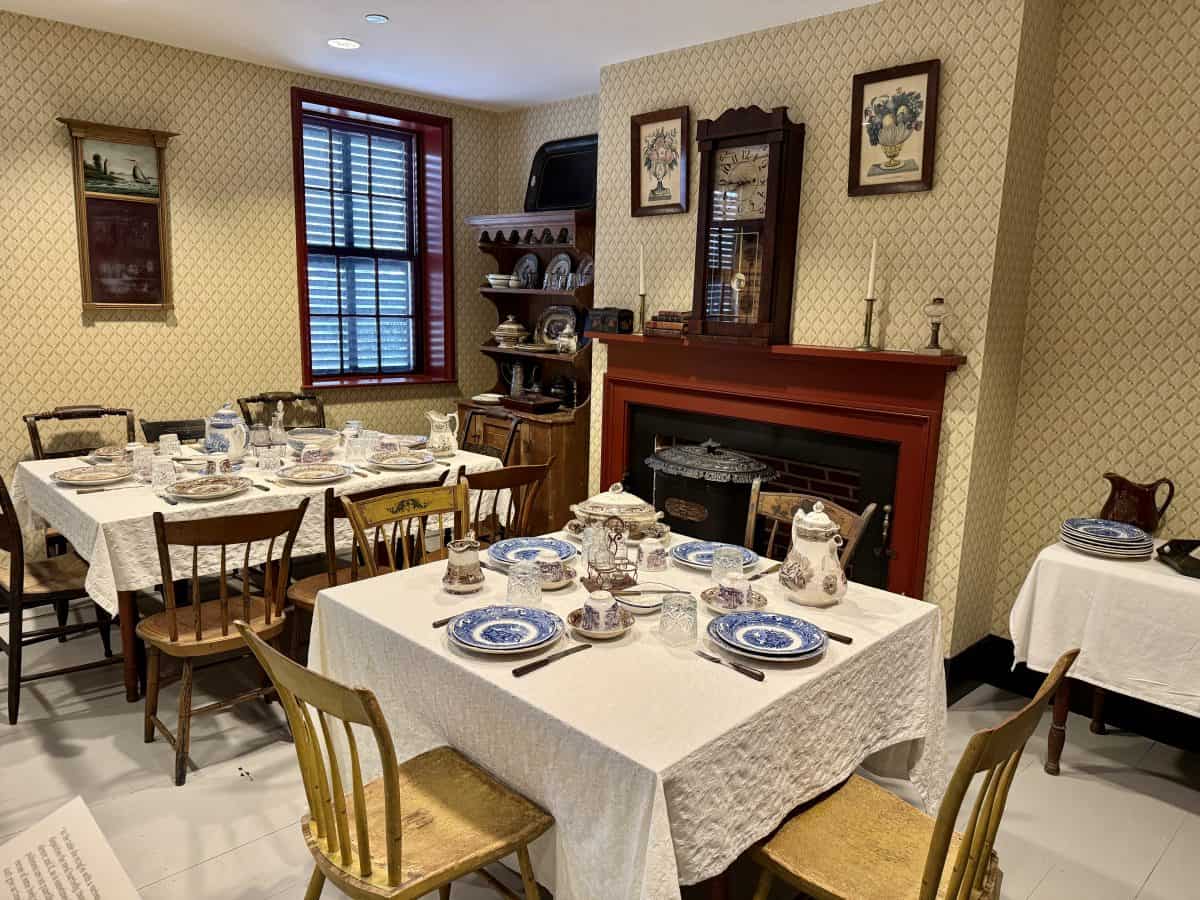

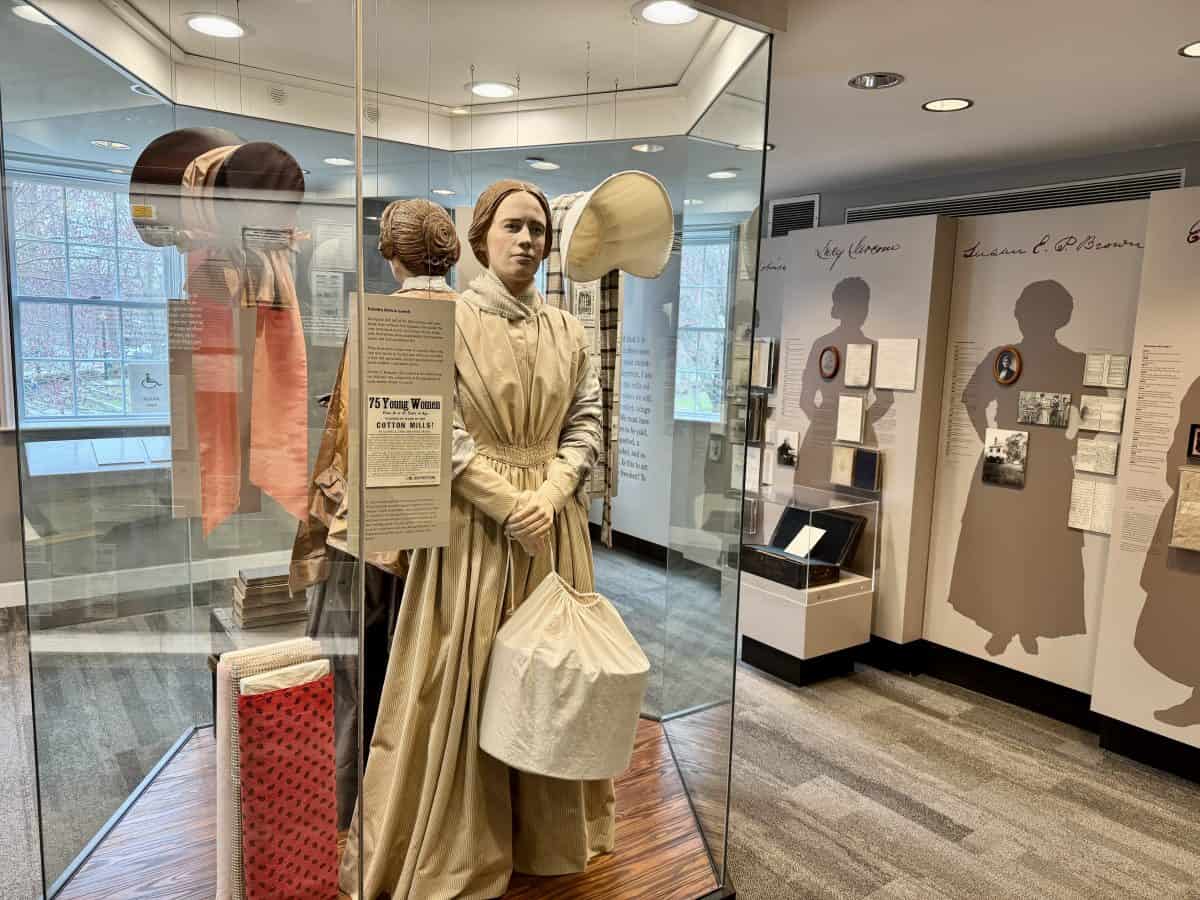

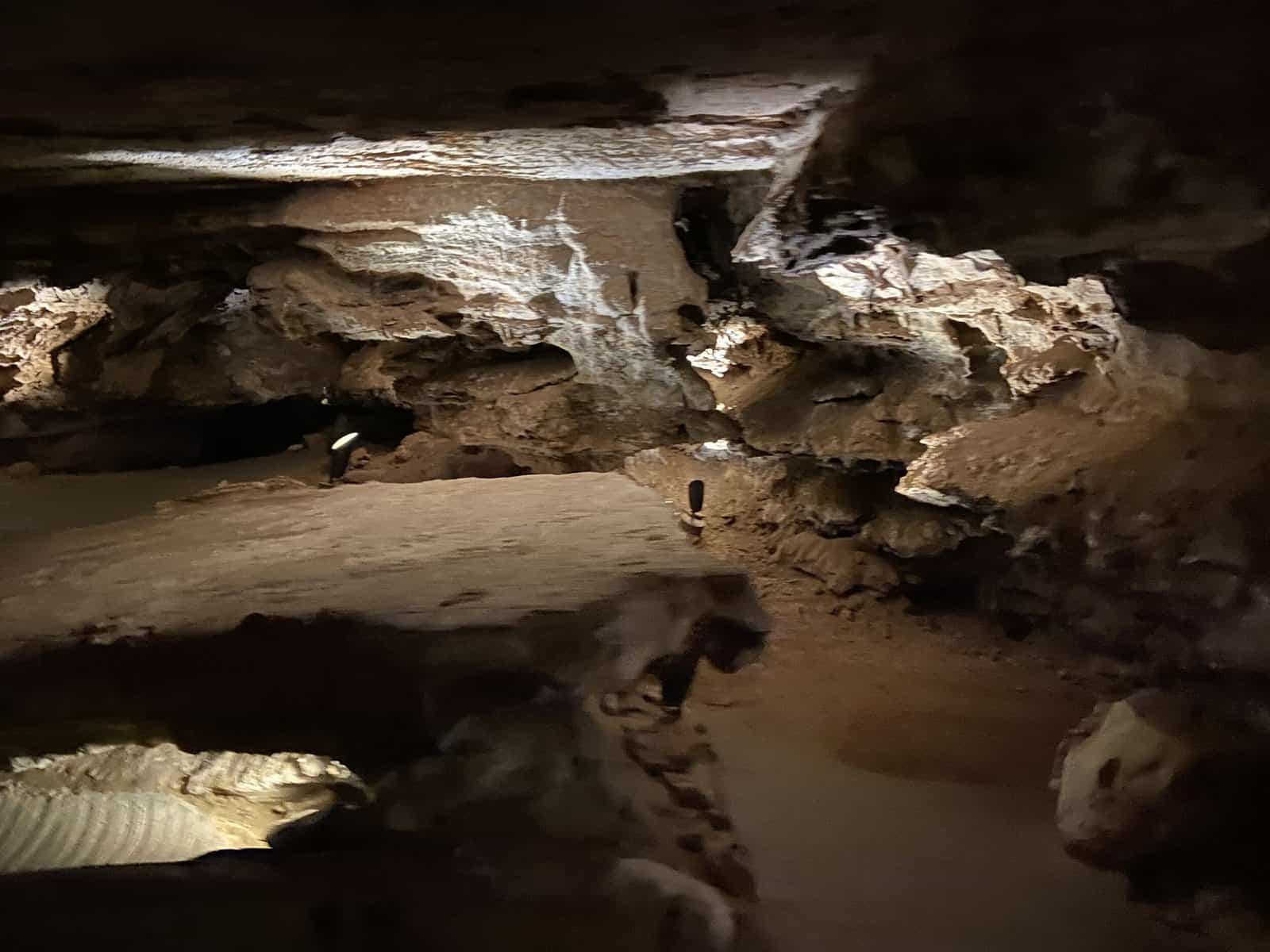
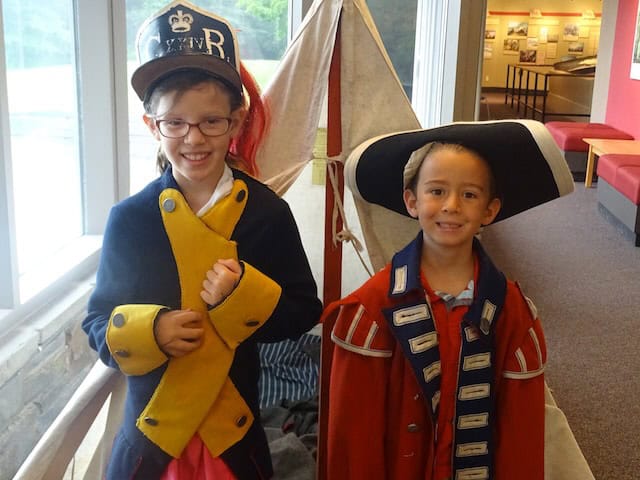
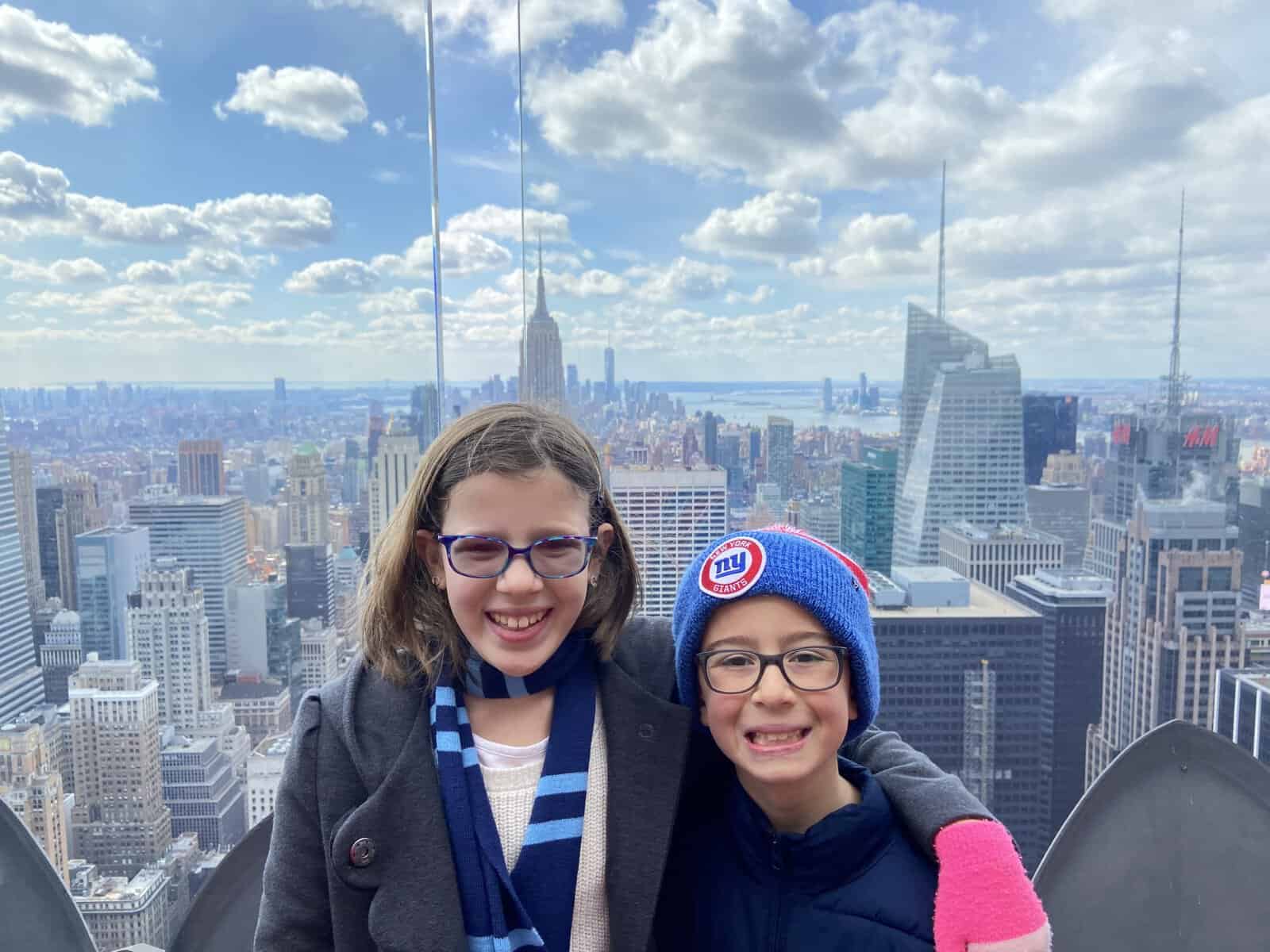

I had no idea Lowell had such a rich industrial history — this post really opened my eyes! Thanks for the detailed tips, it sounds like a fascinating place to visit with the whole family.
The kids would learn so much here, sounds like a great day out. Thanks for all the helpful travel tips
Thank you for sharing all the details!
A very interesting place to visit. The Lowell Museum and the canal tours sound like fun.
I’ve been to Boston before but had never heard of this city. Maybe I should check it out next time I am around there